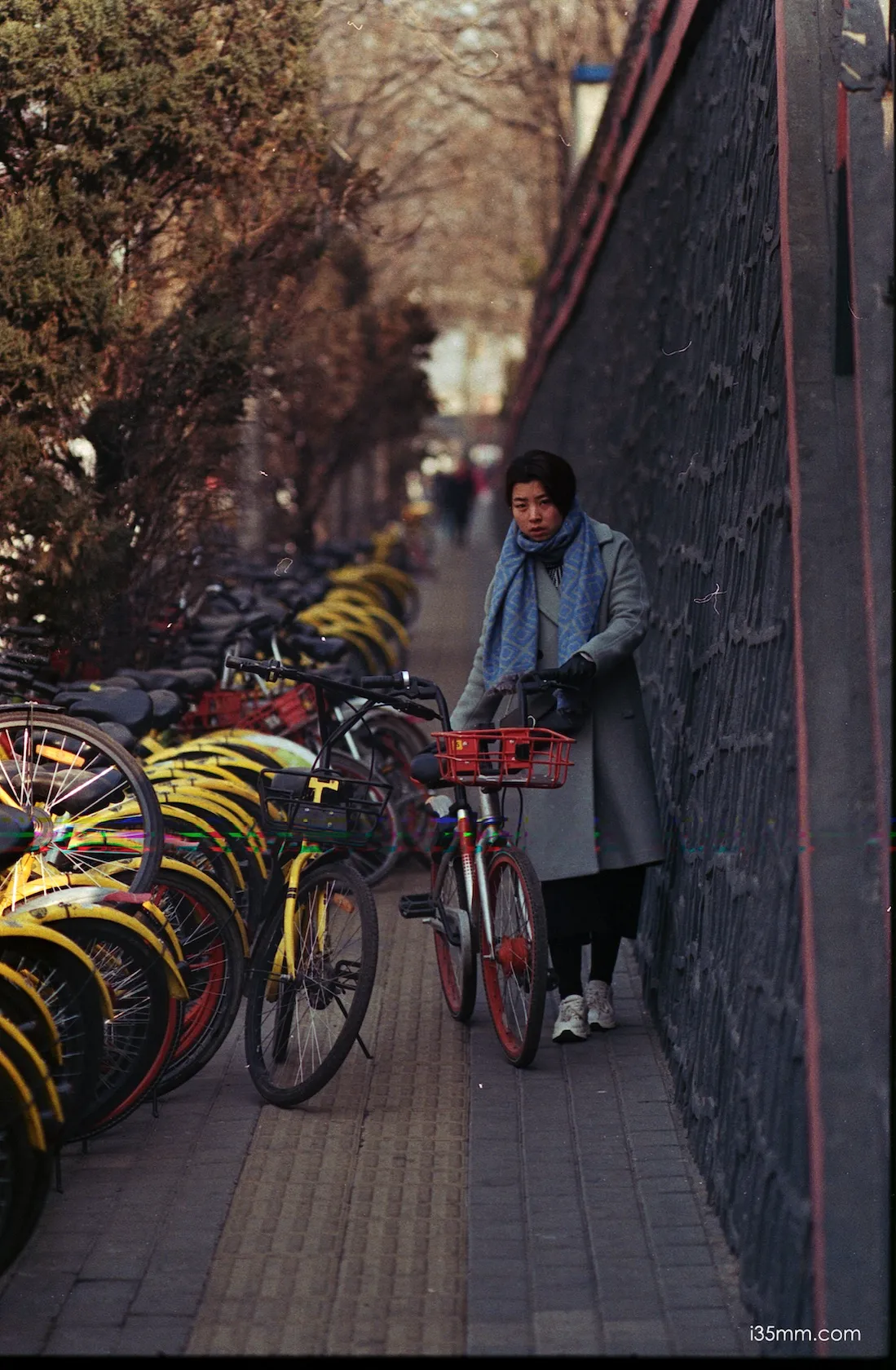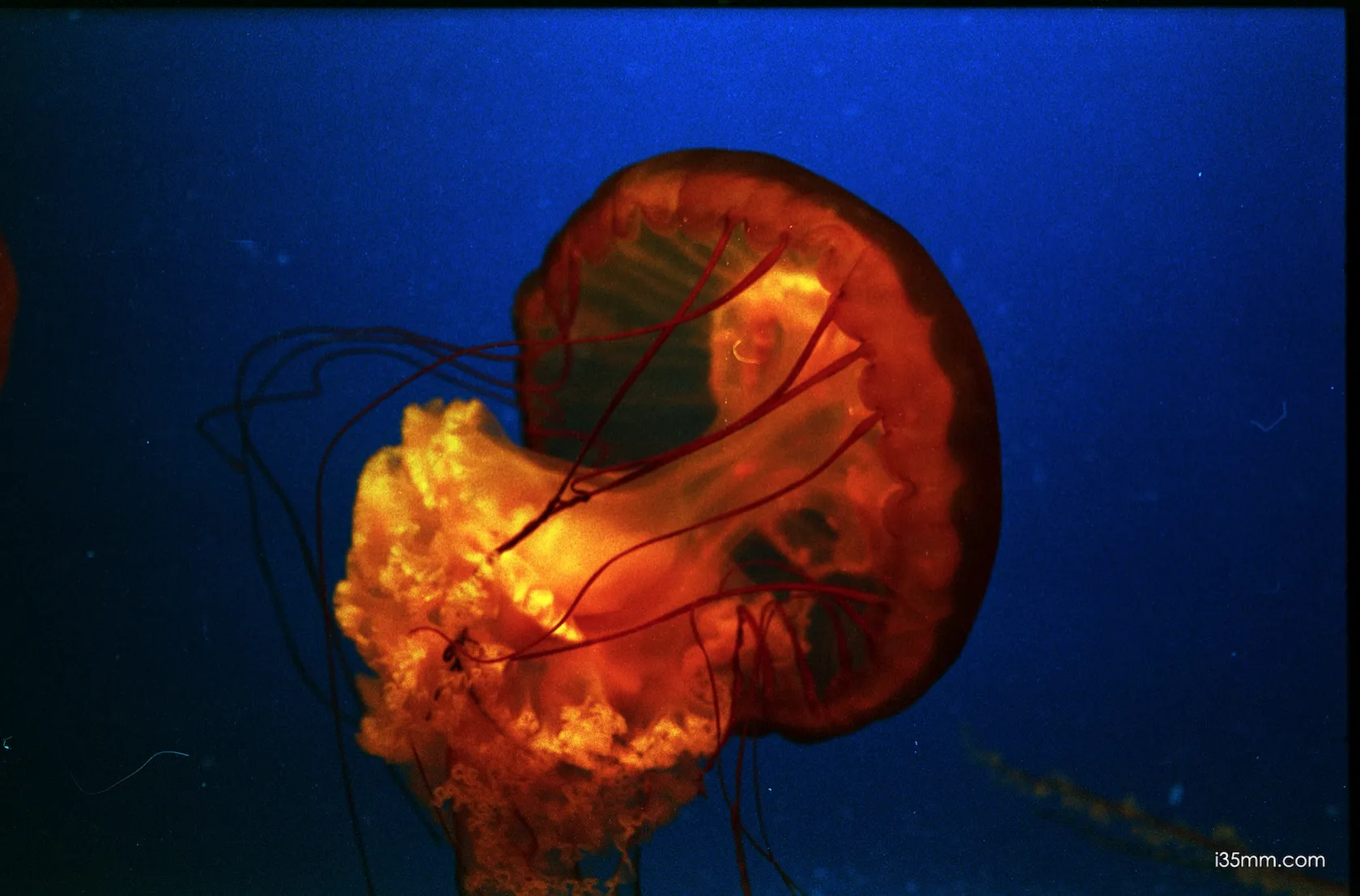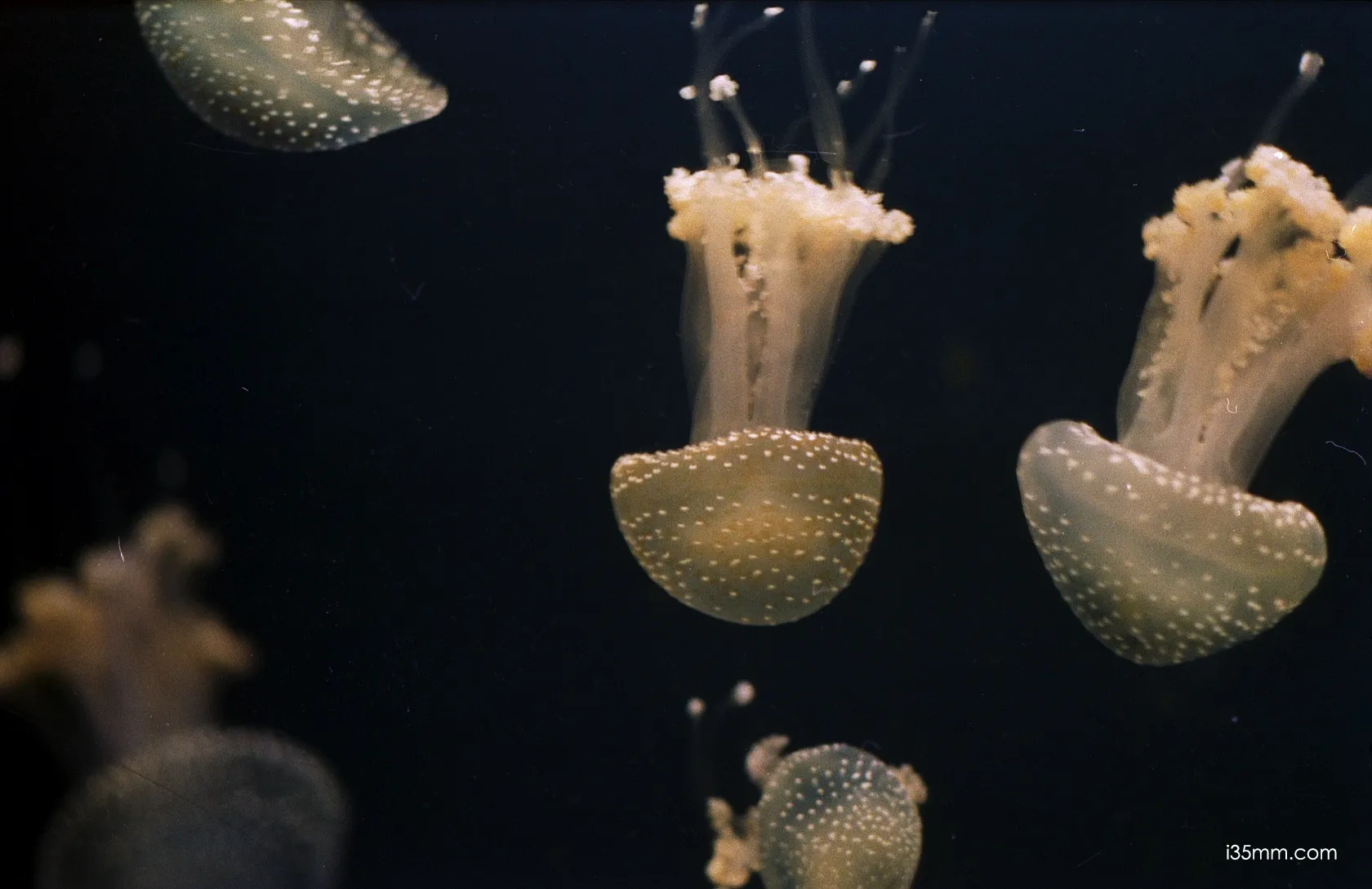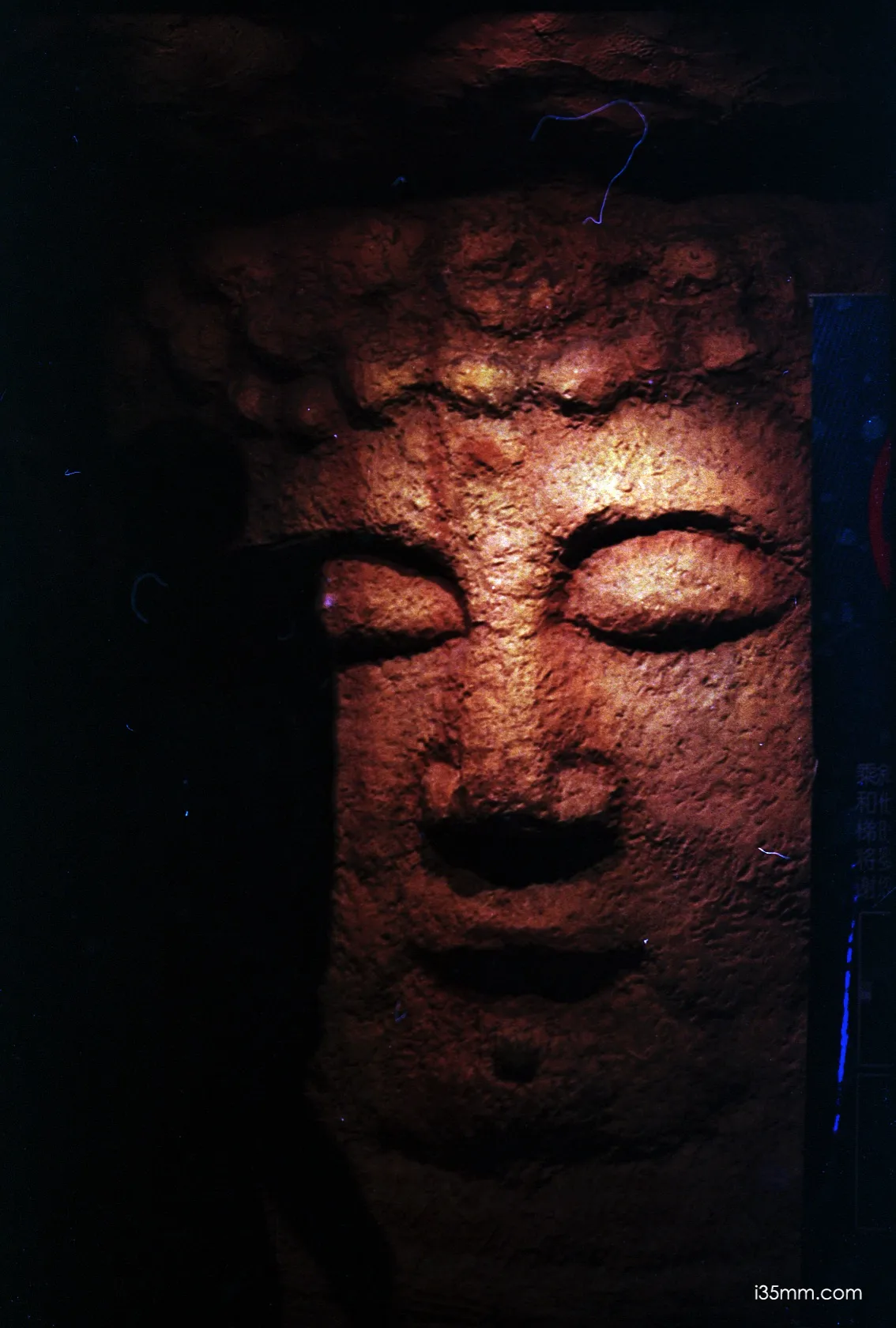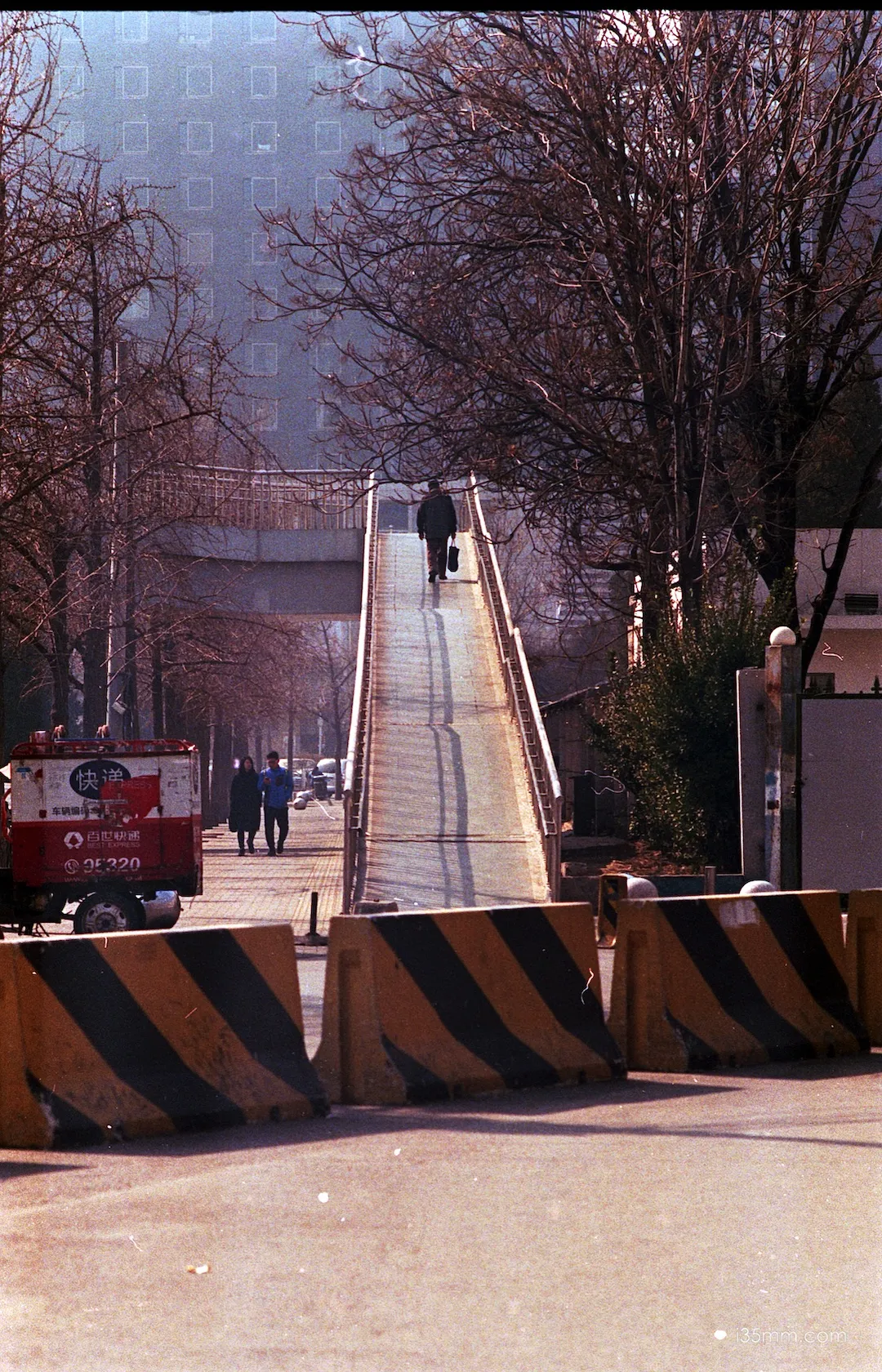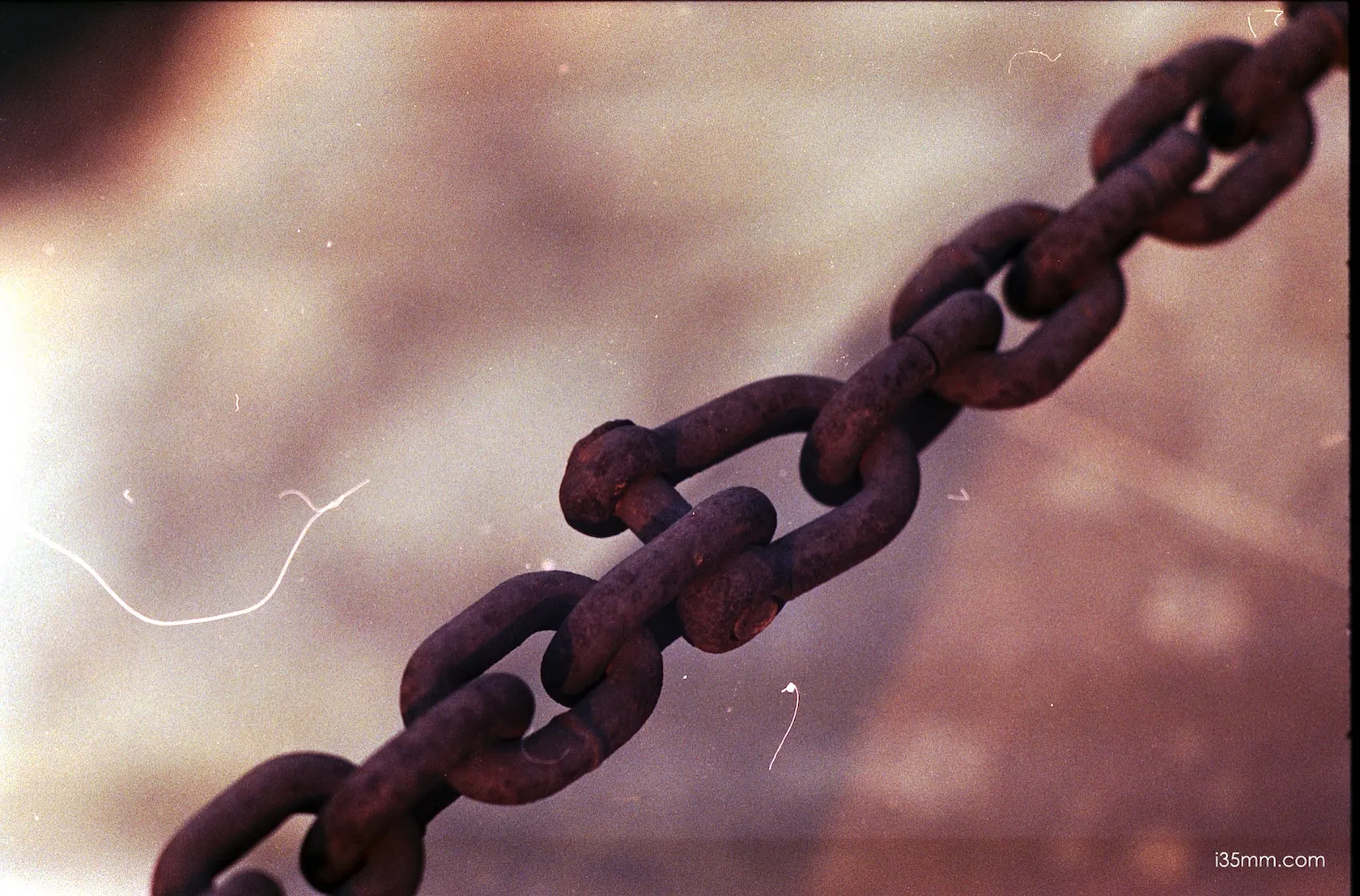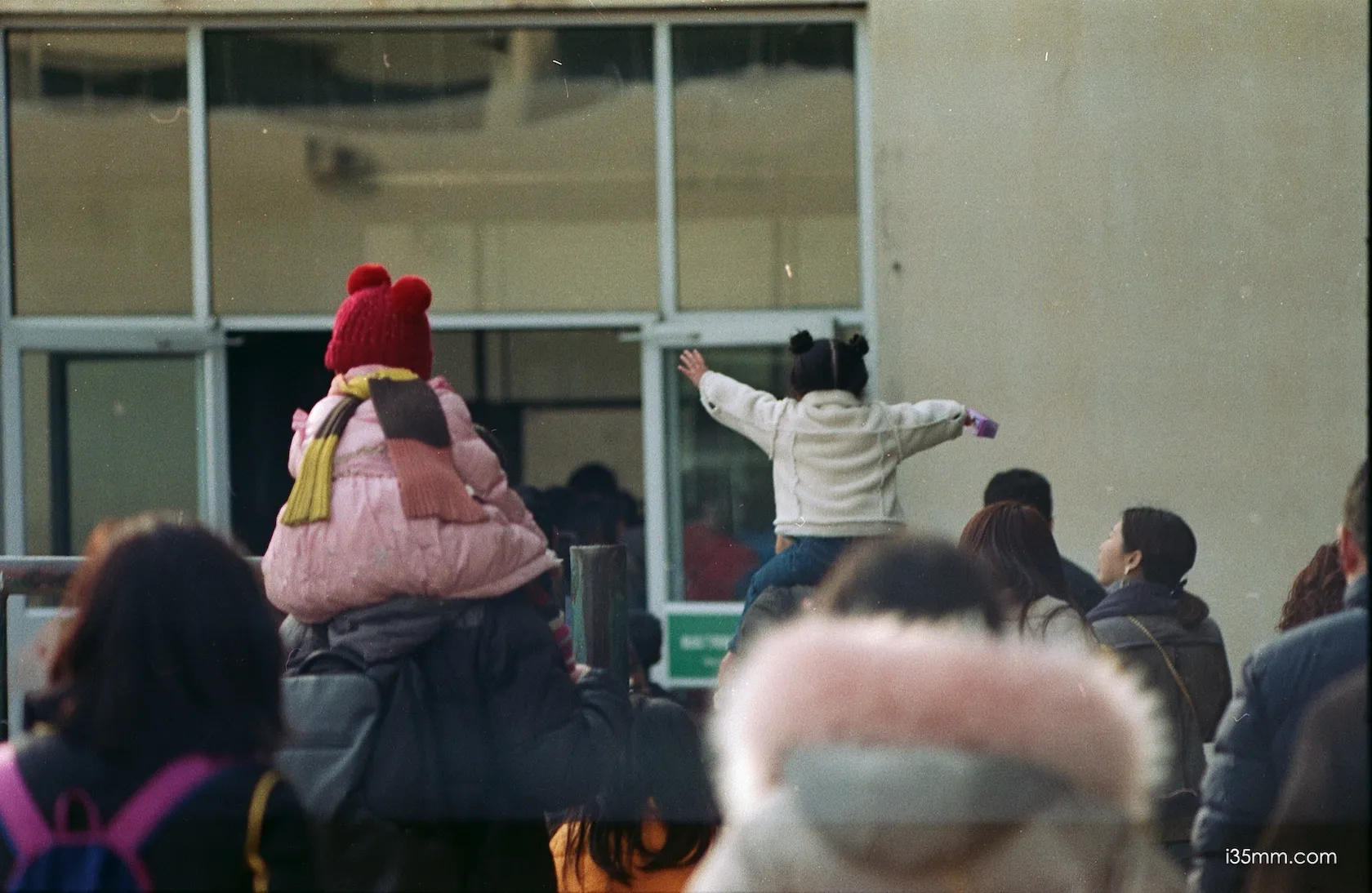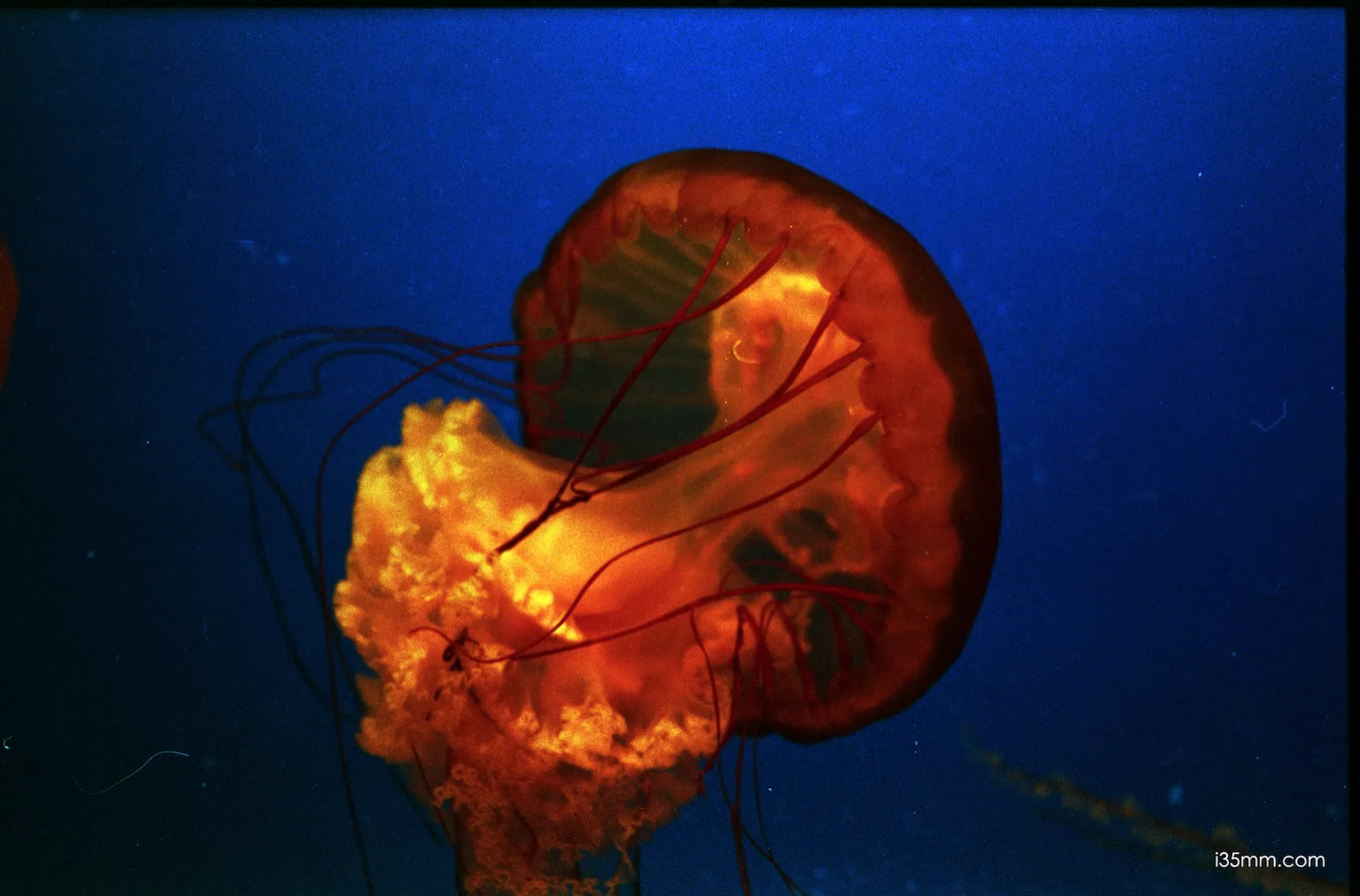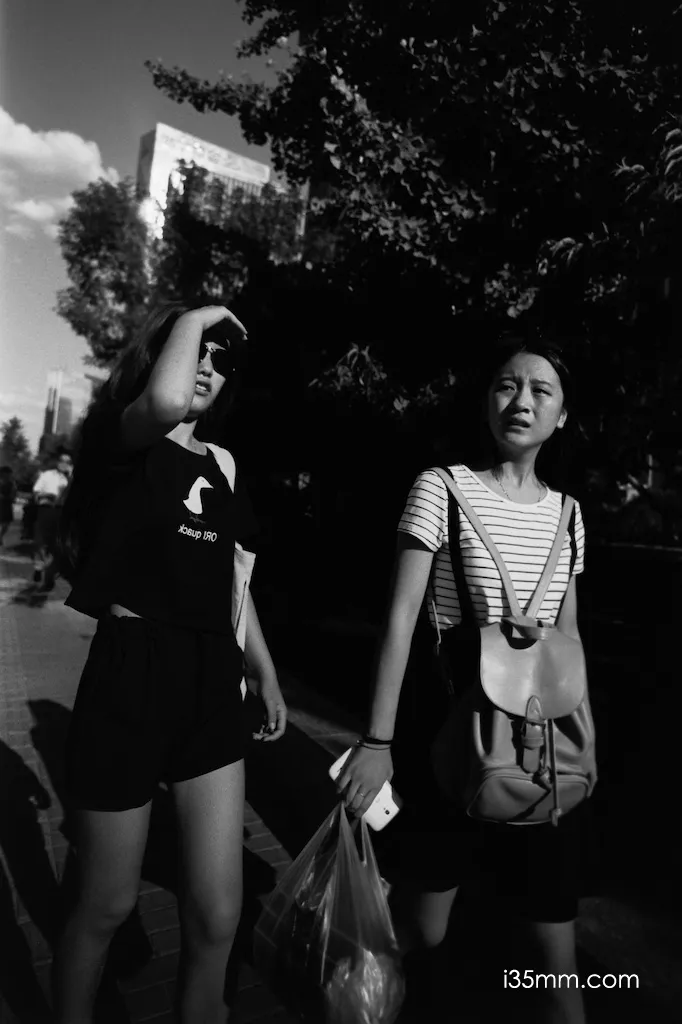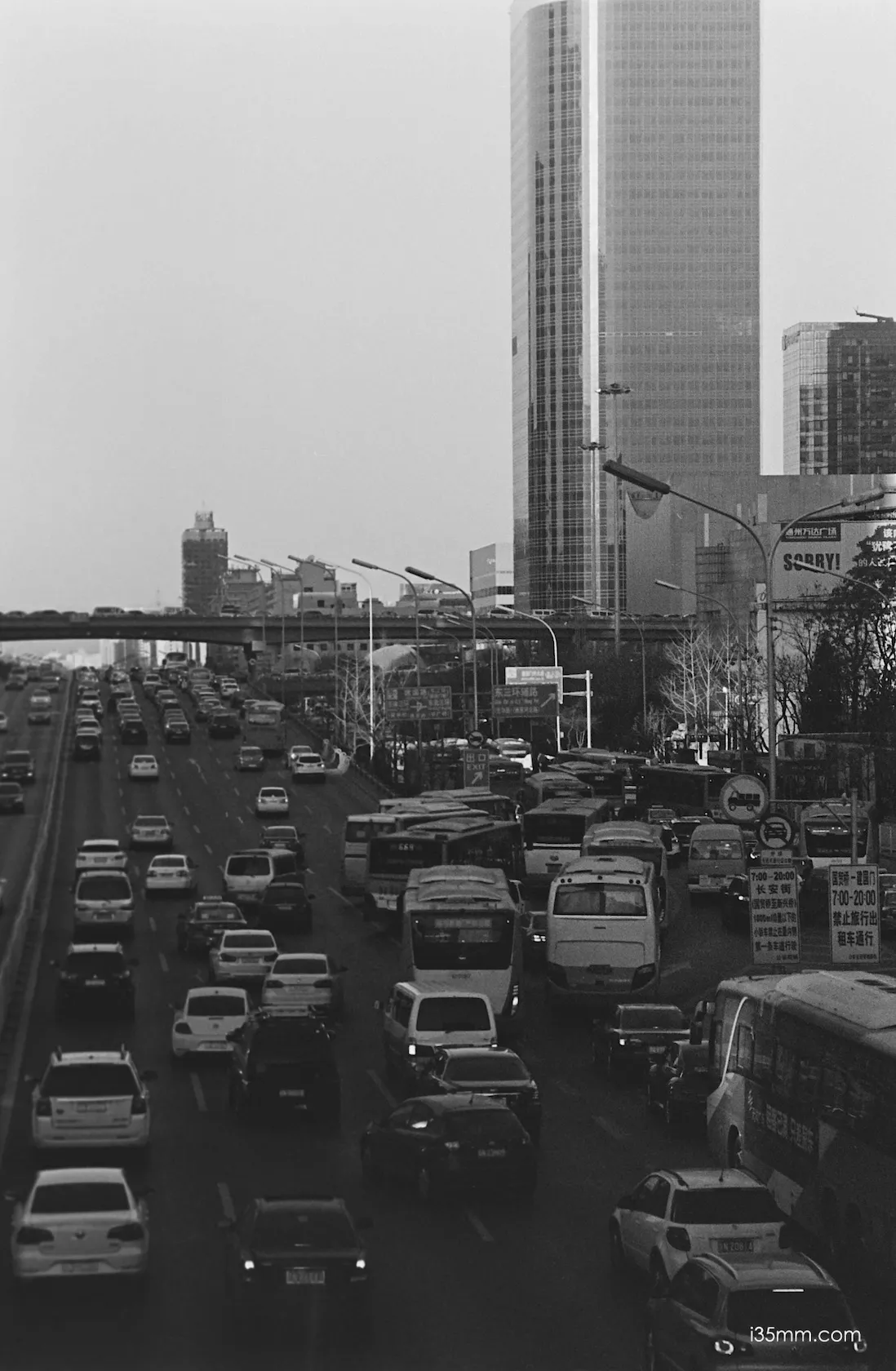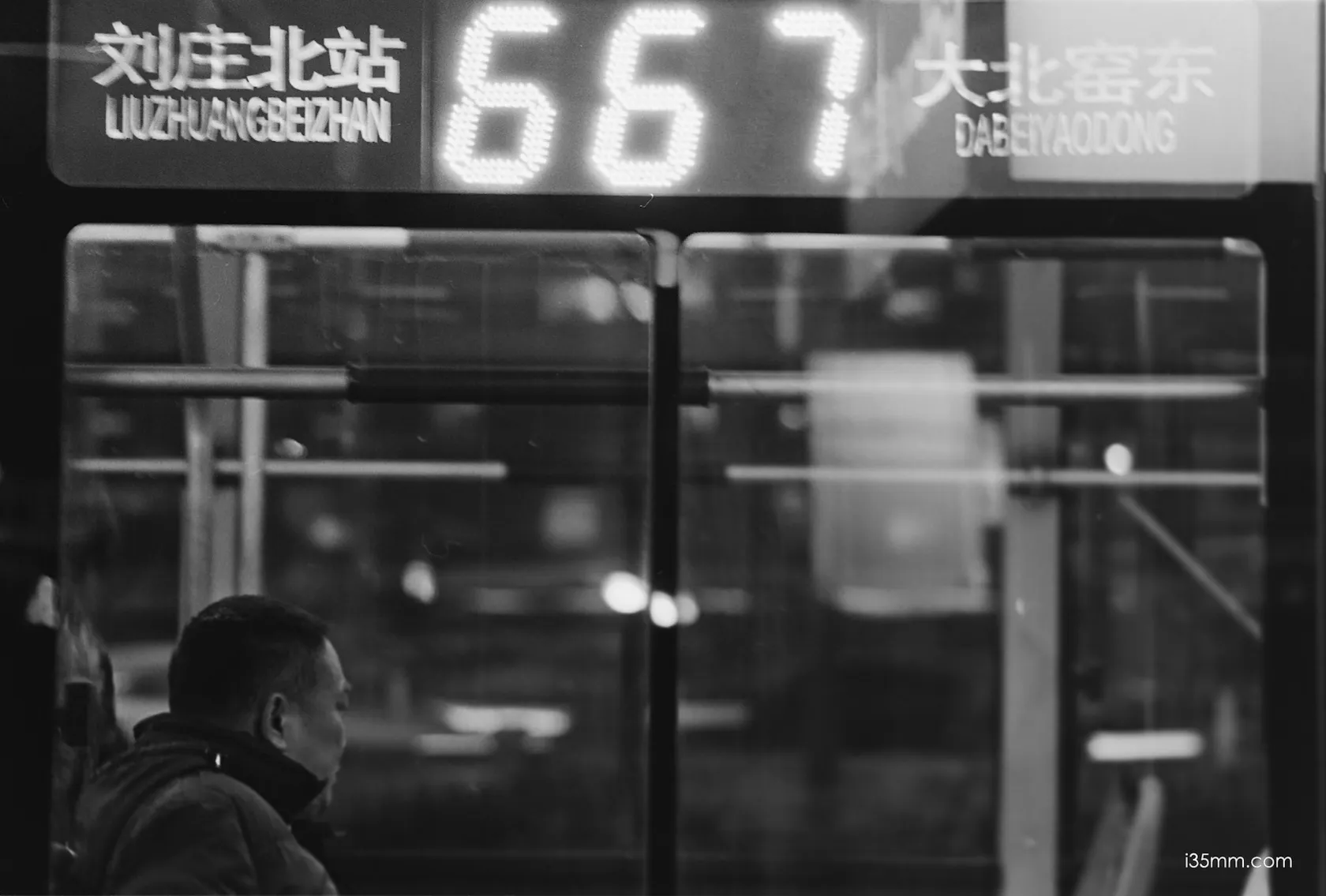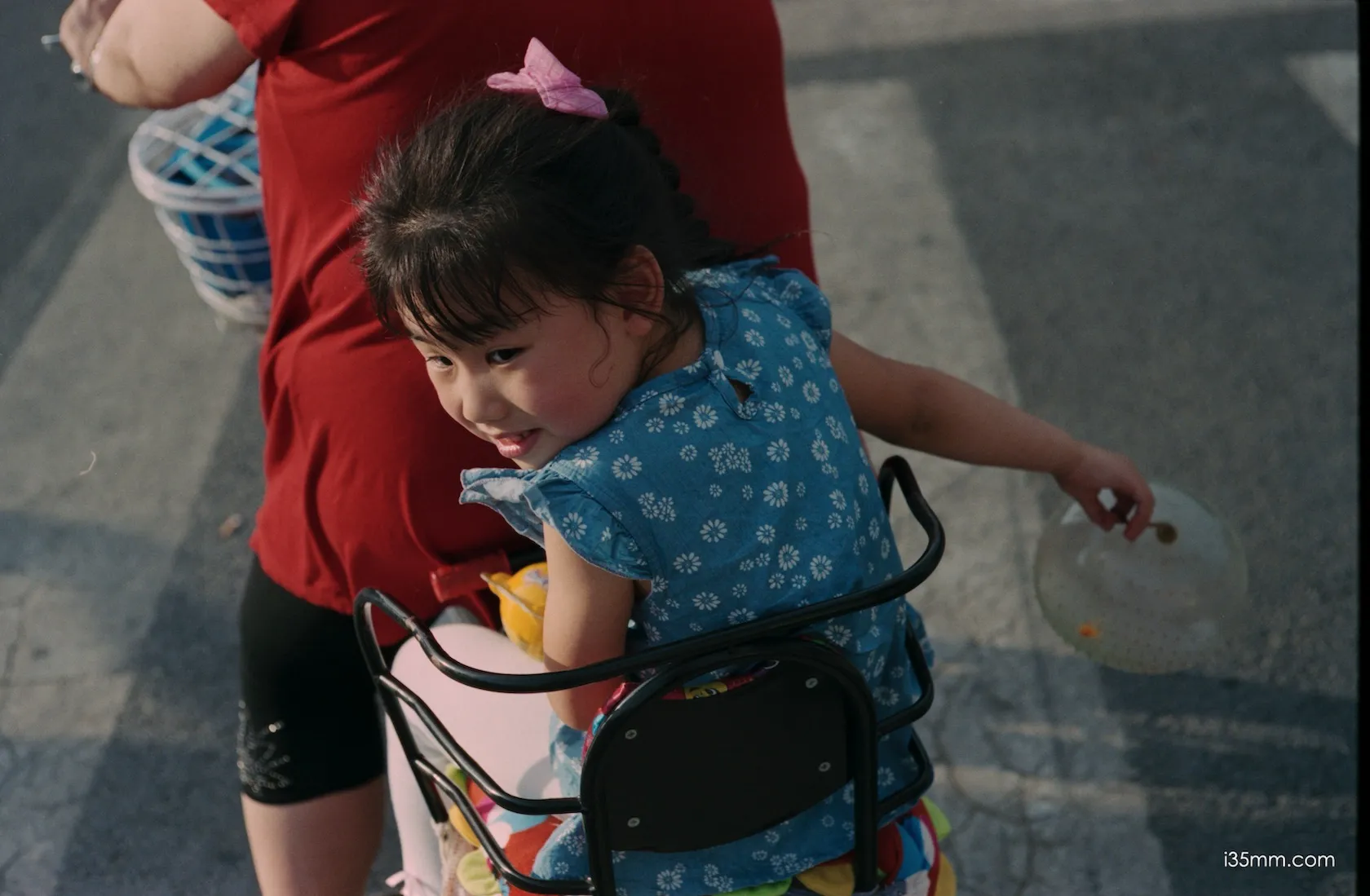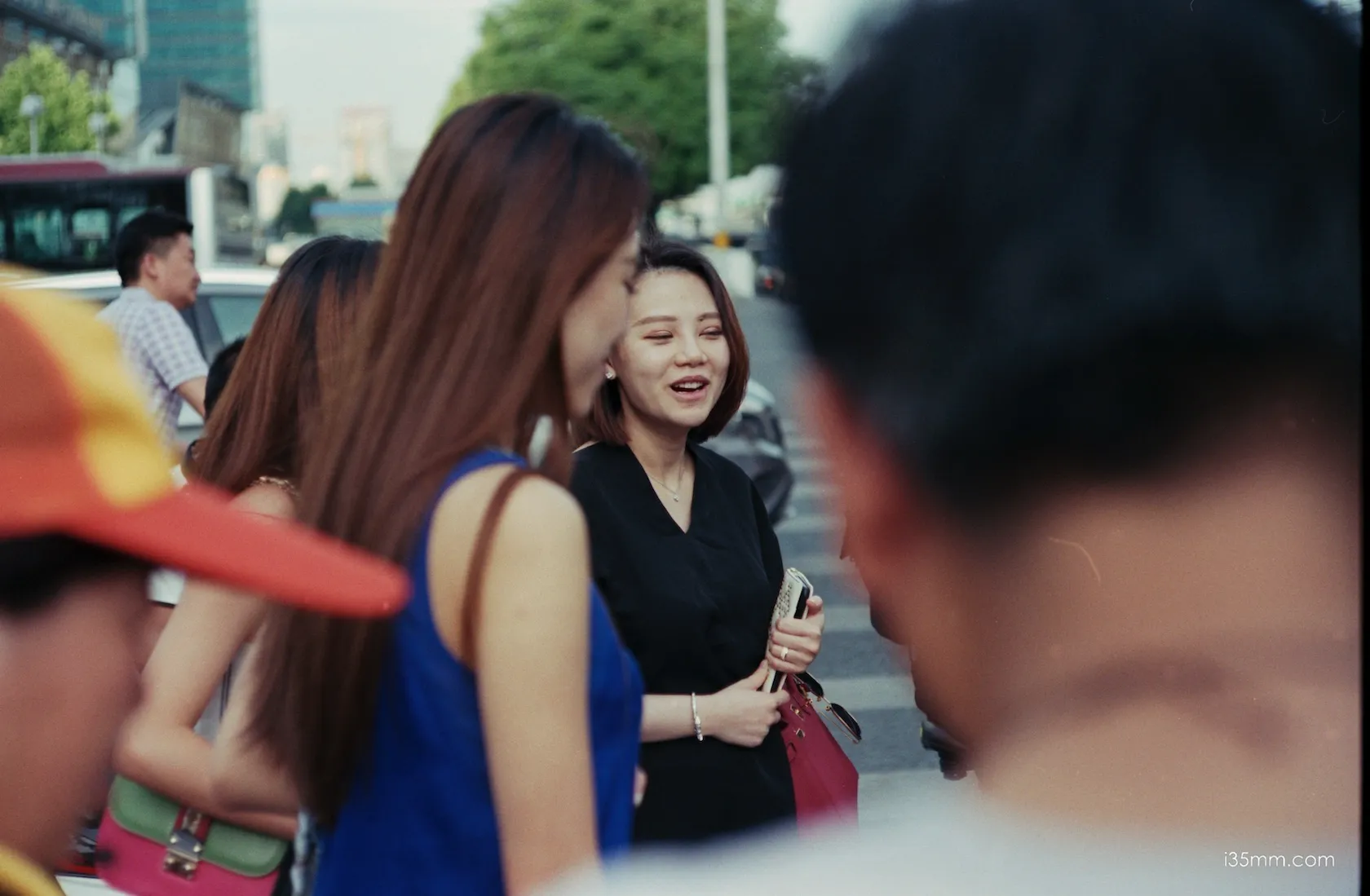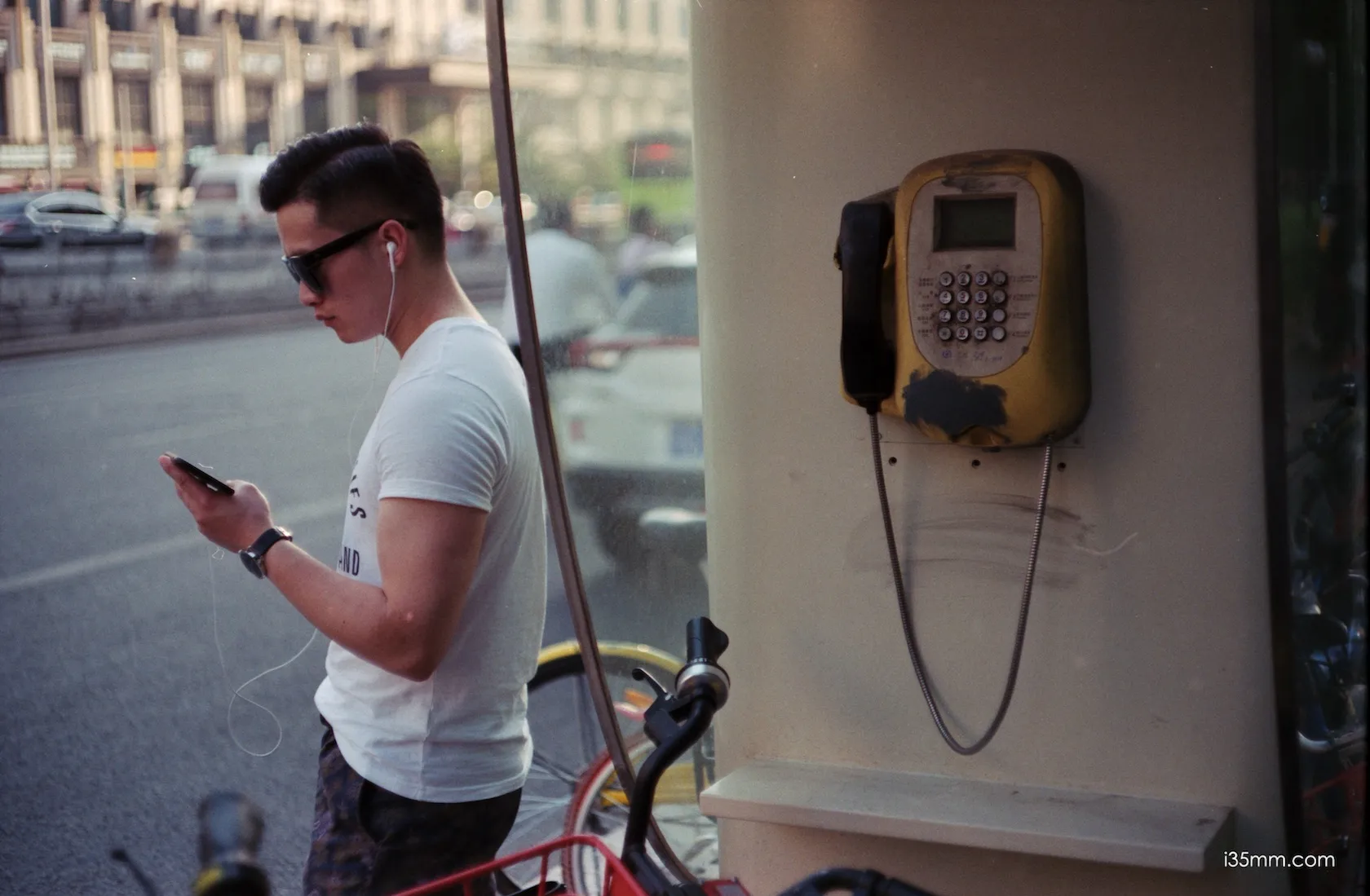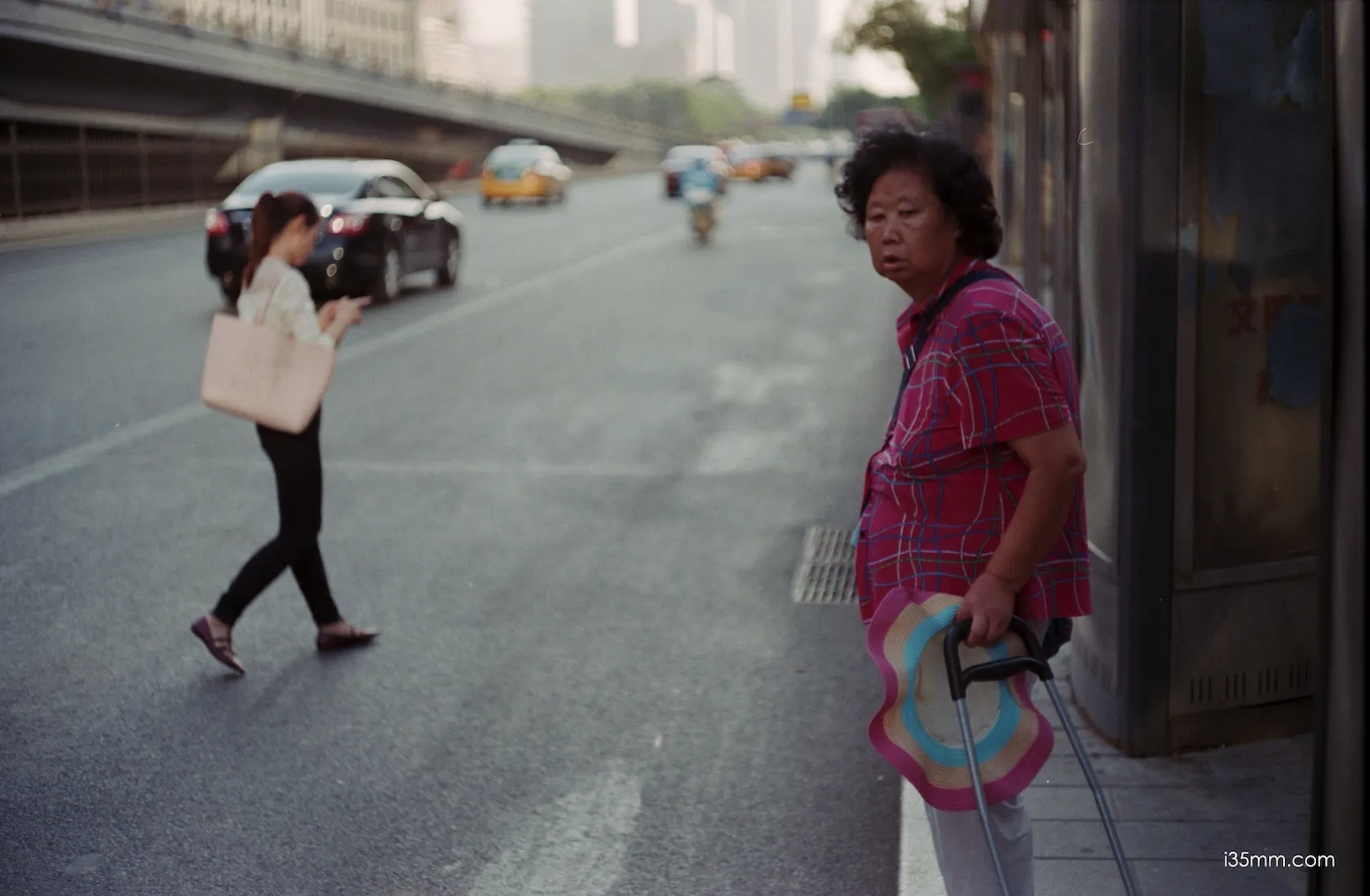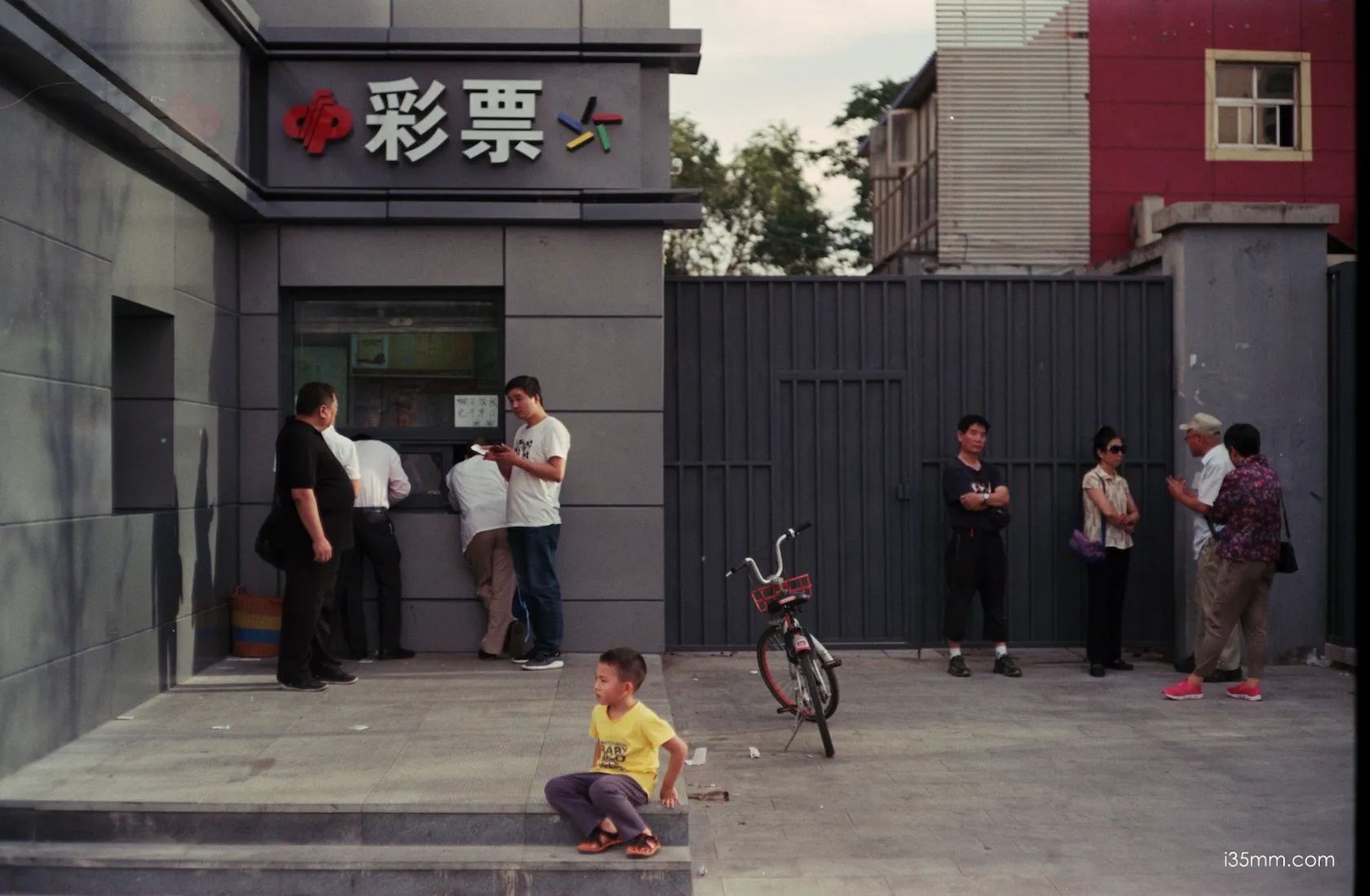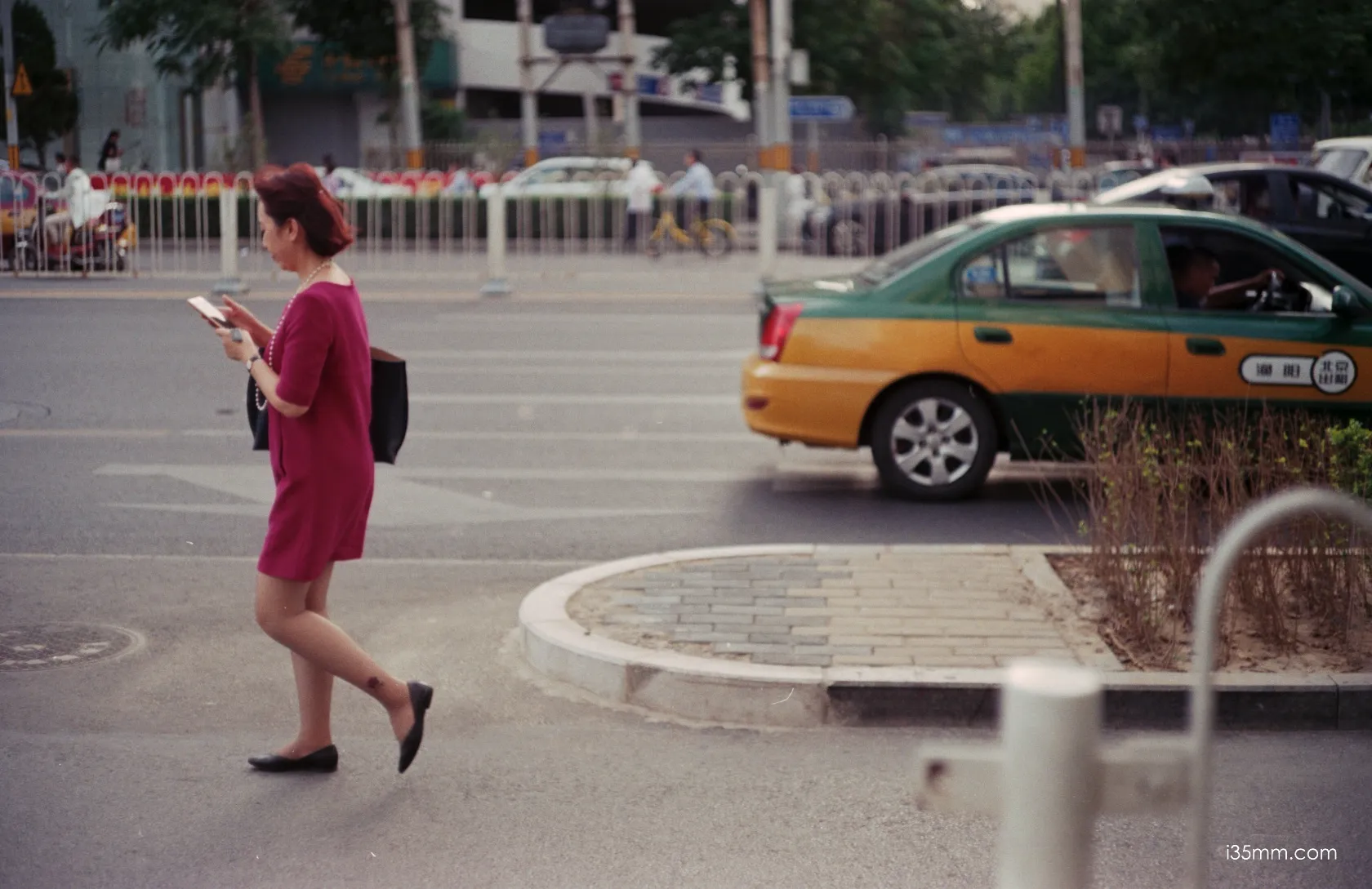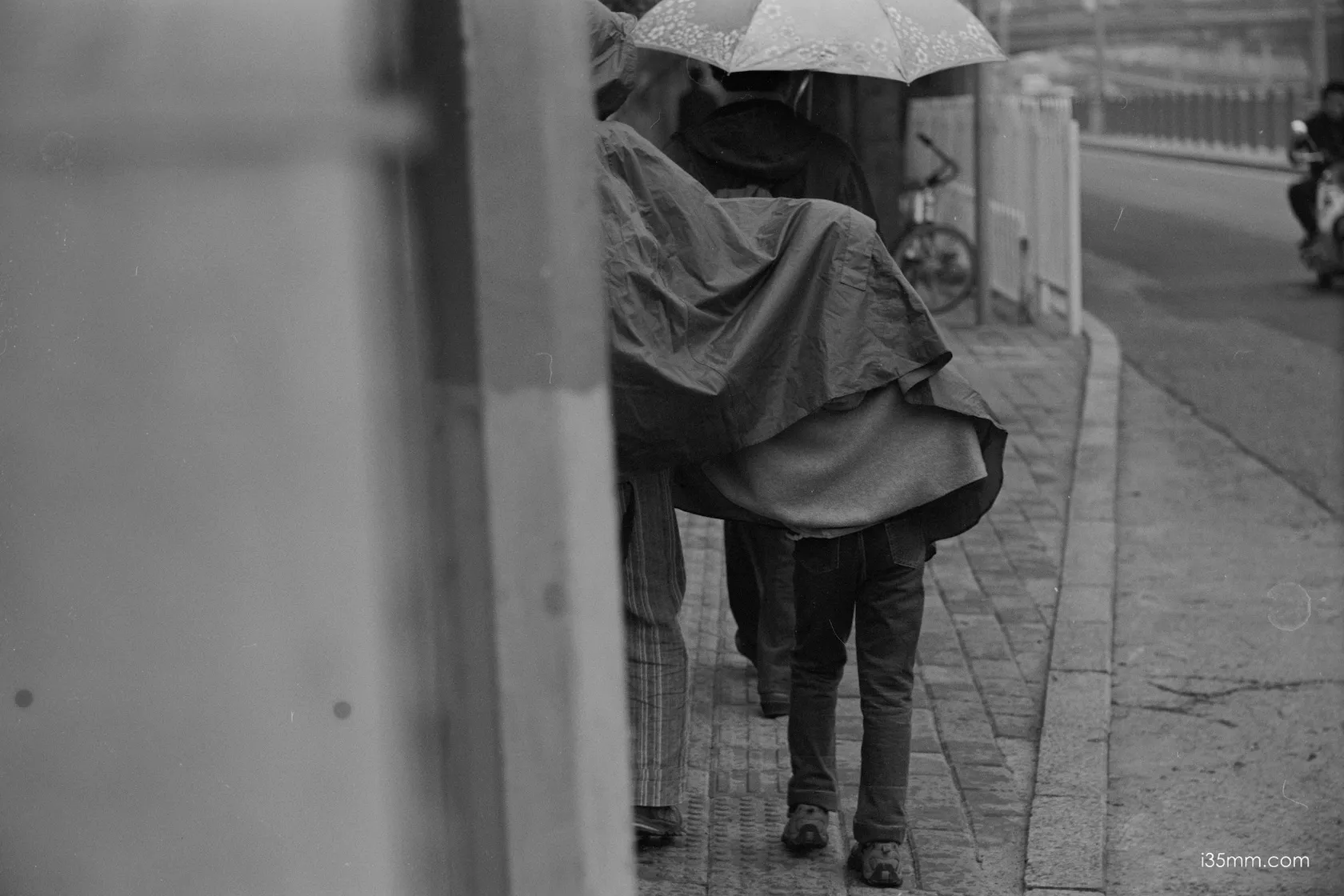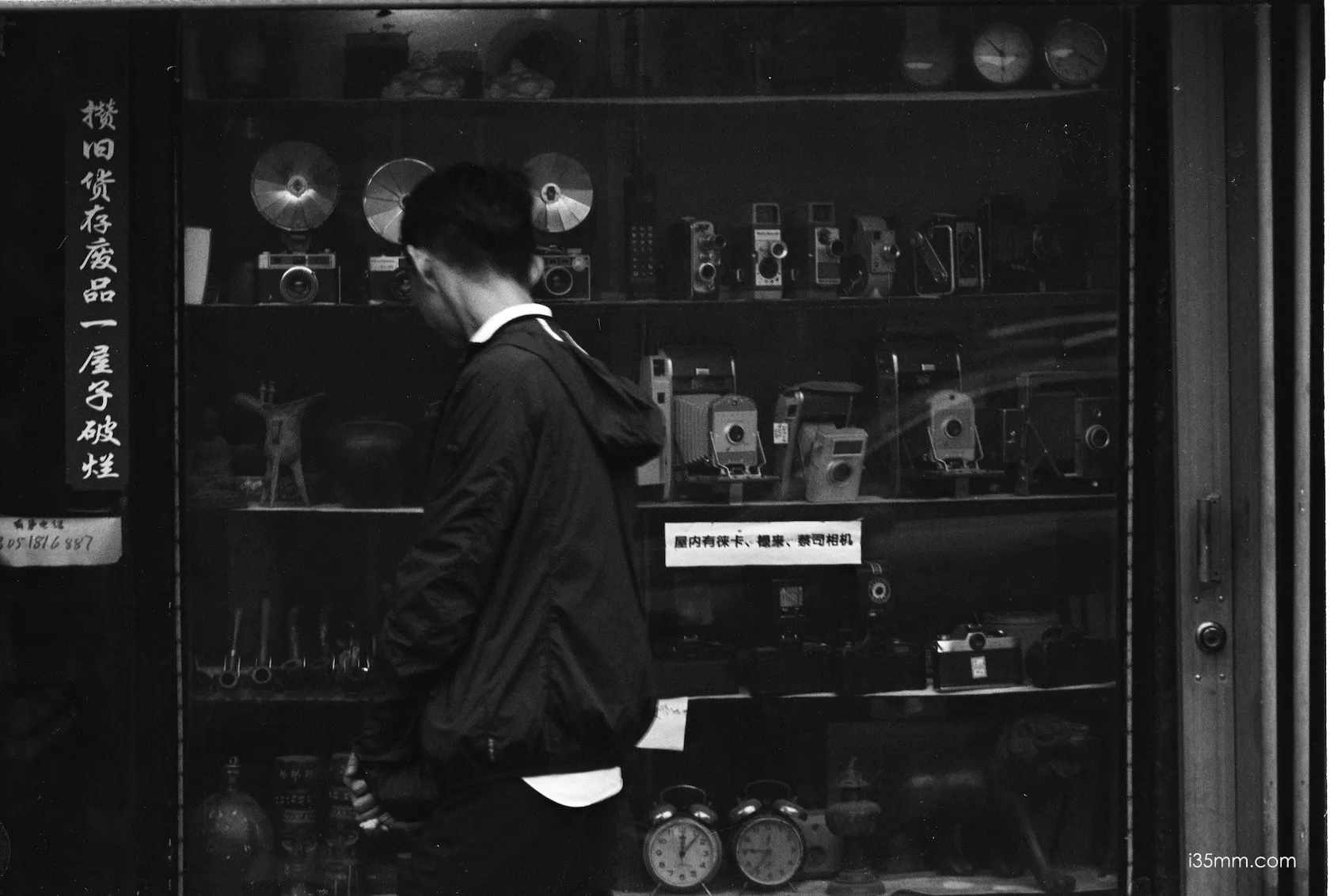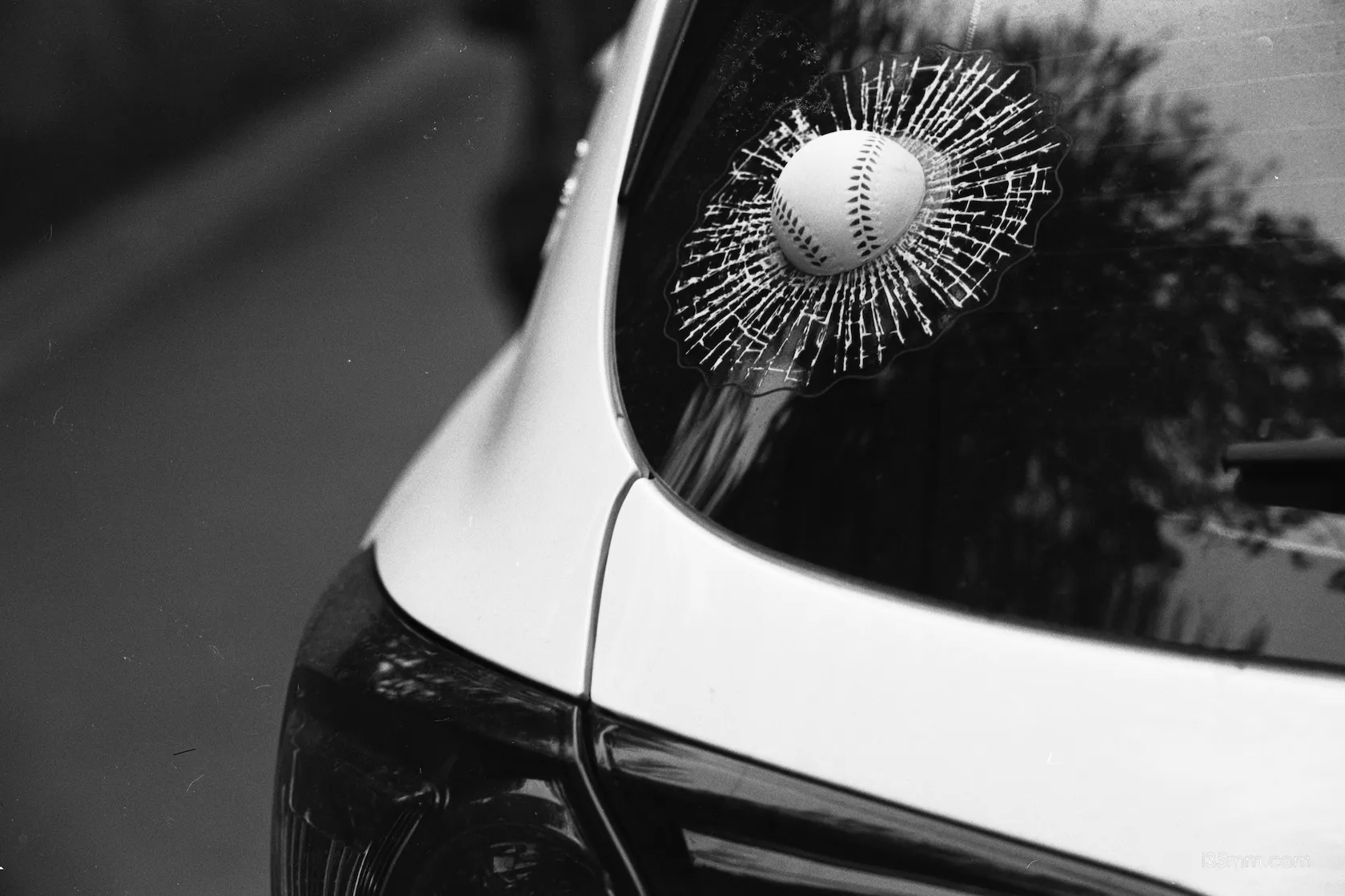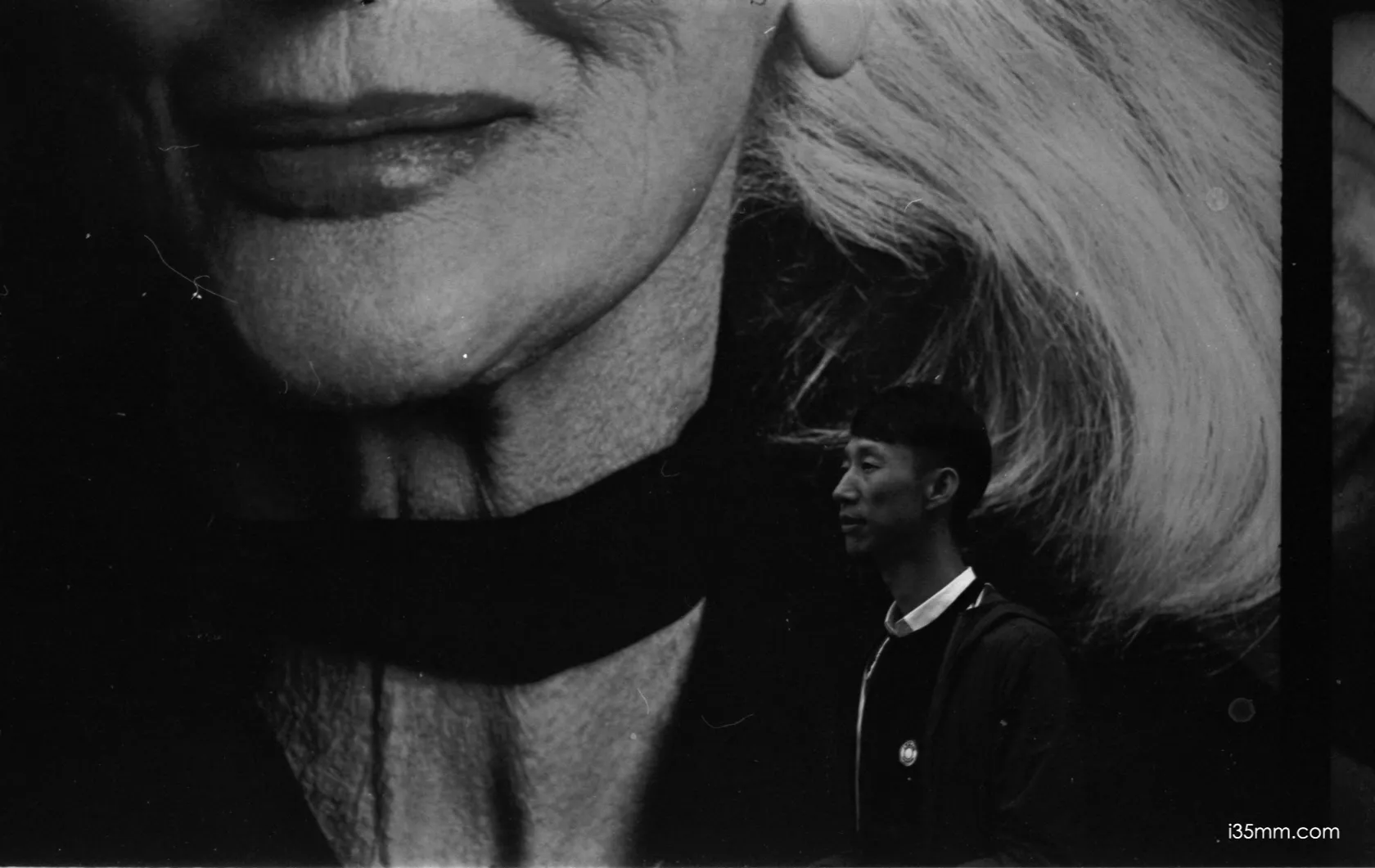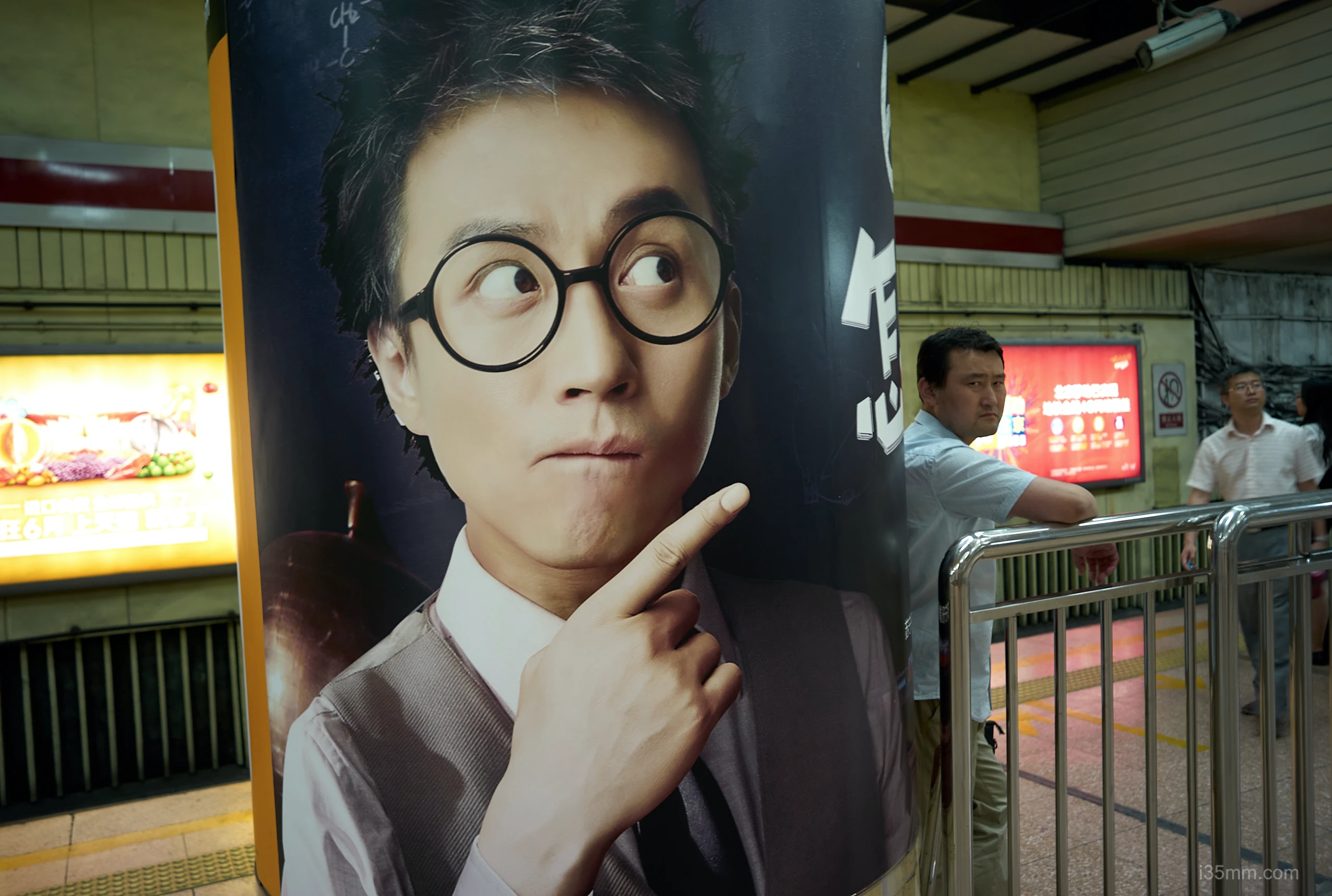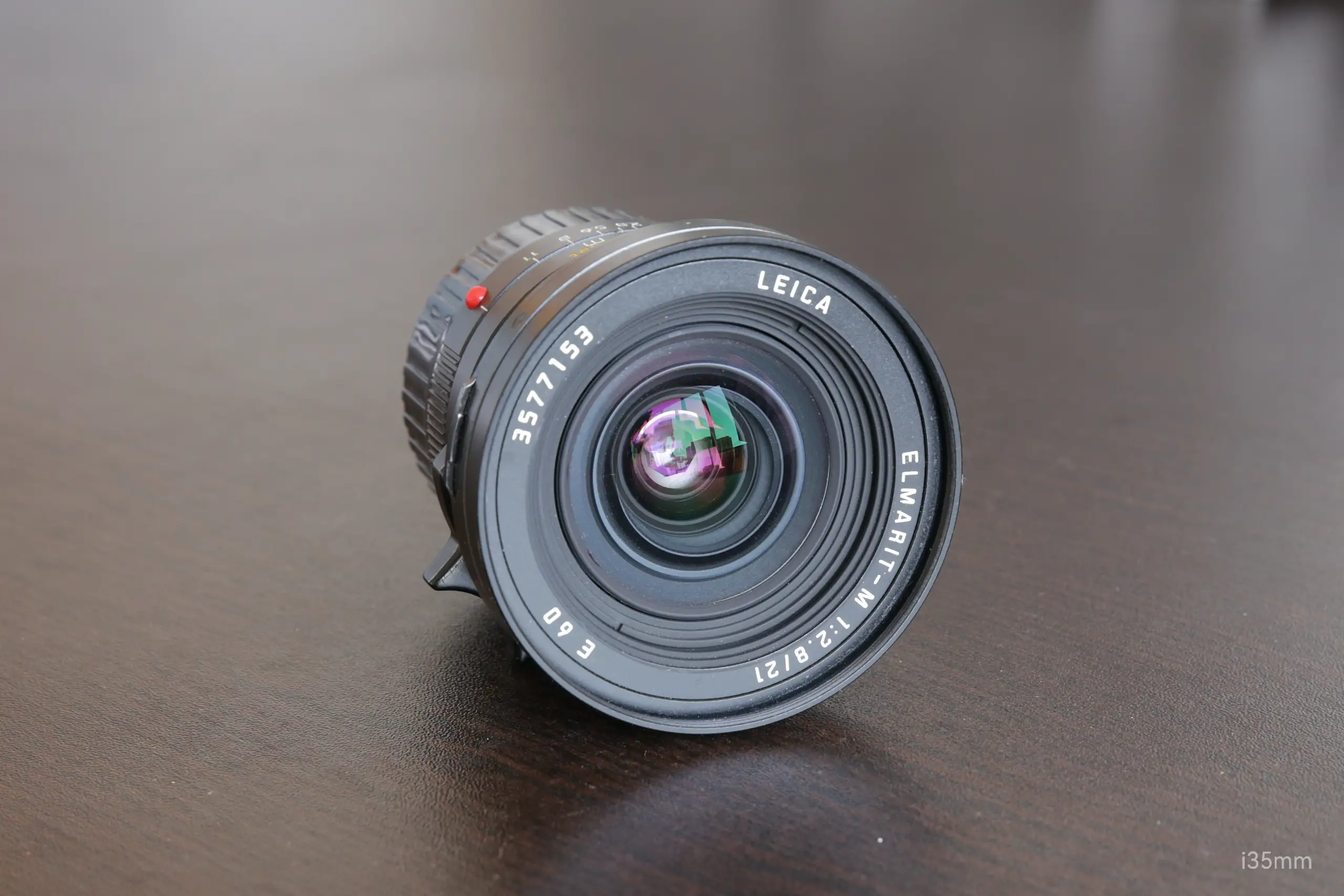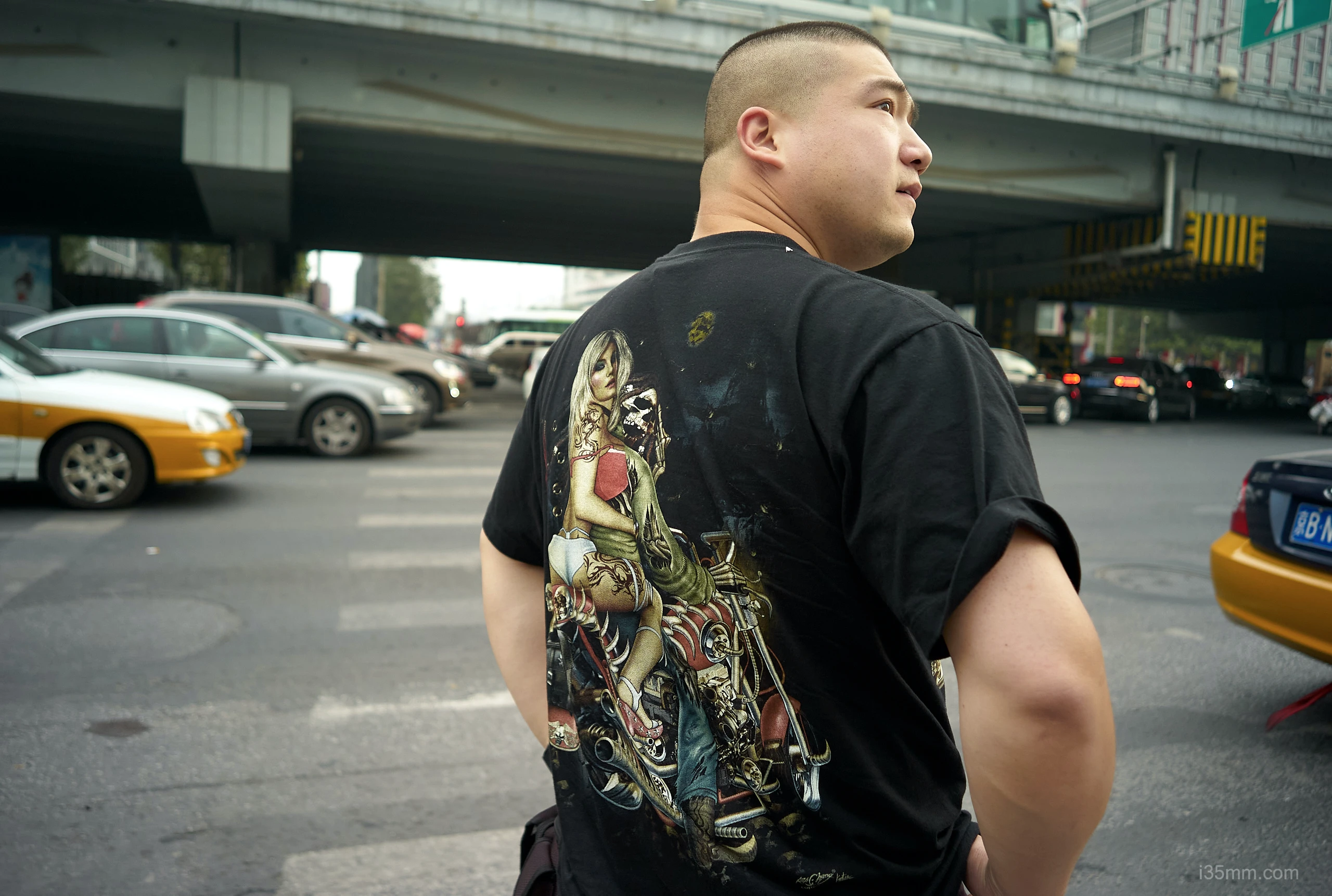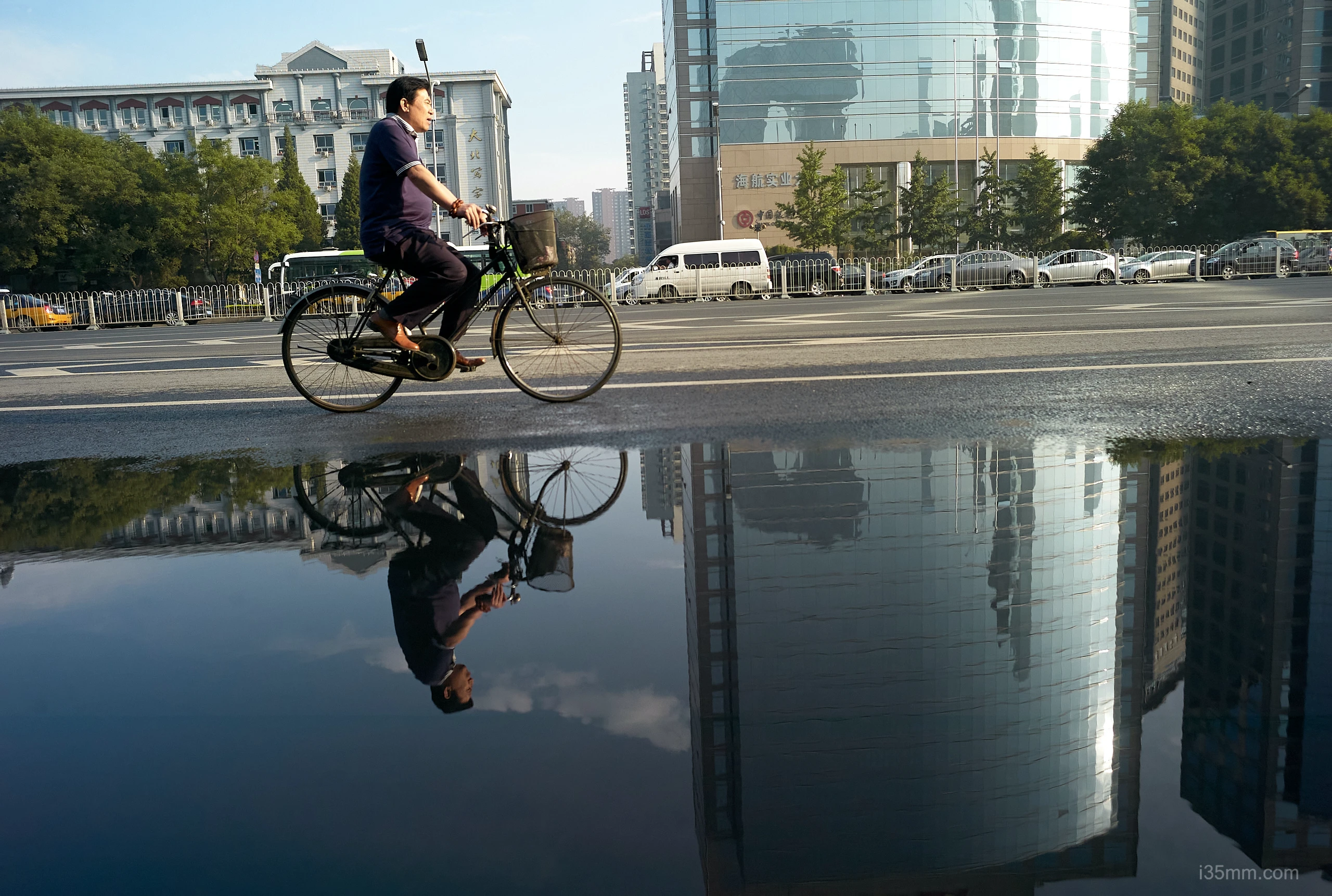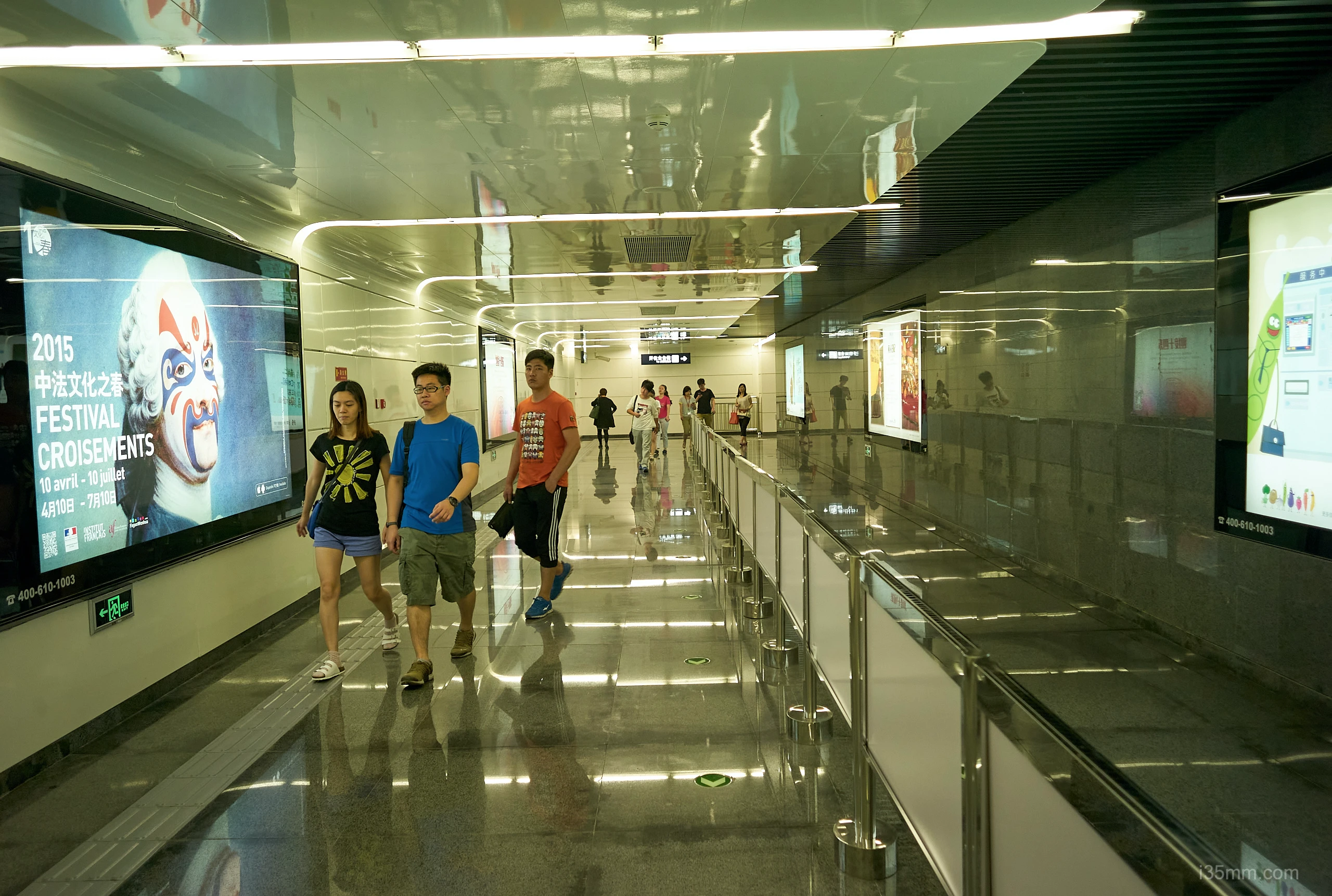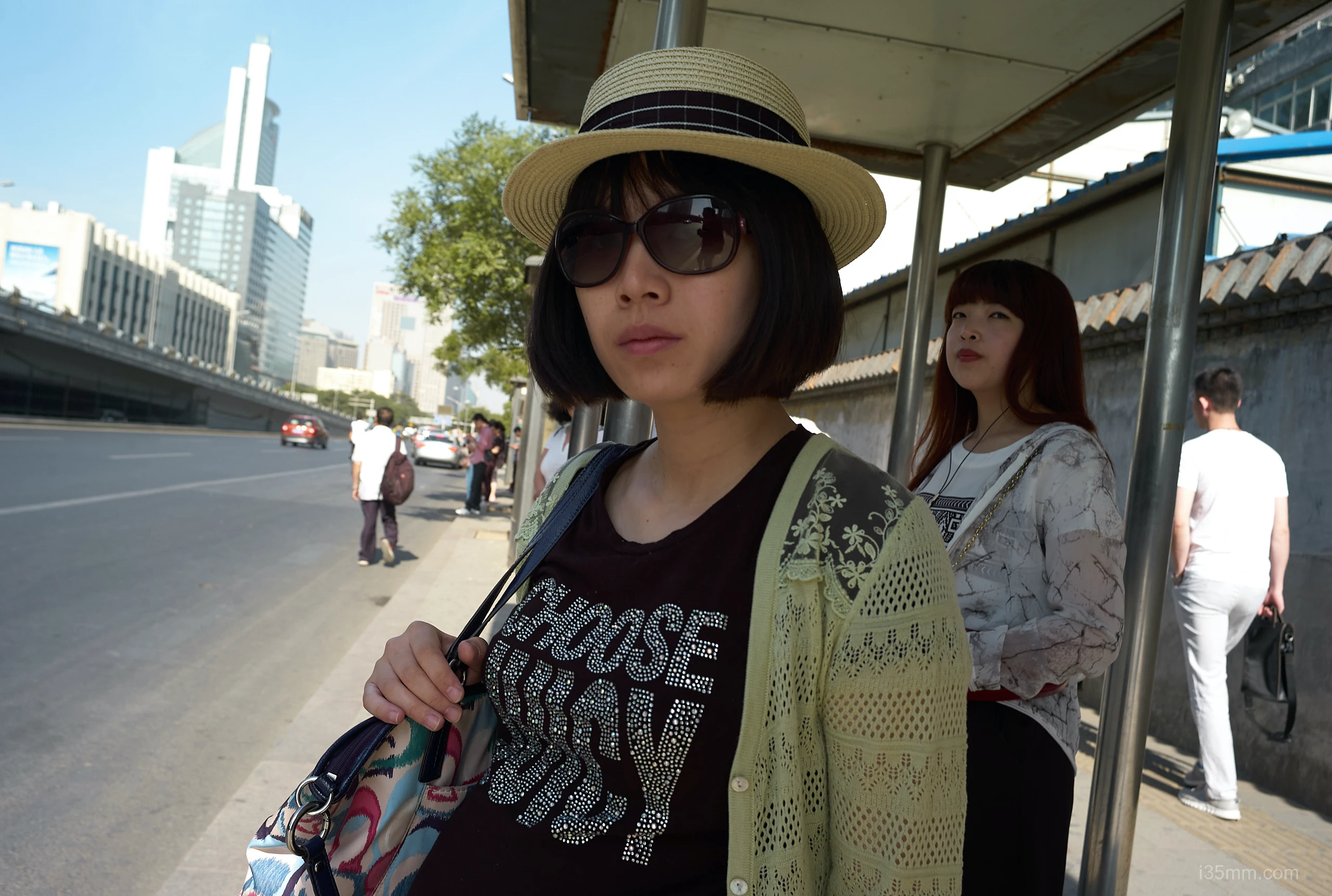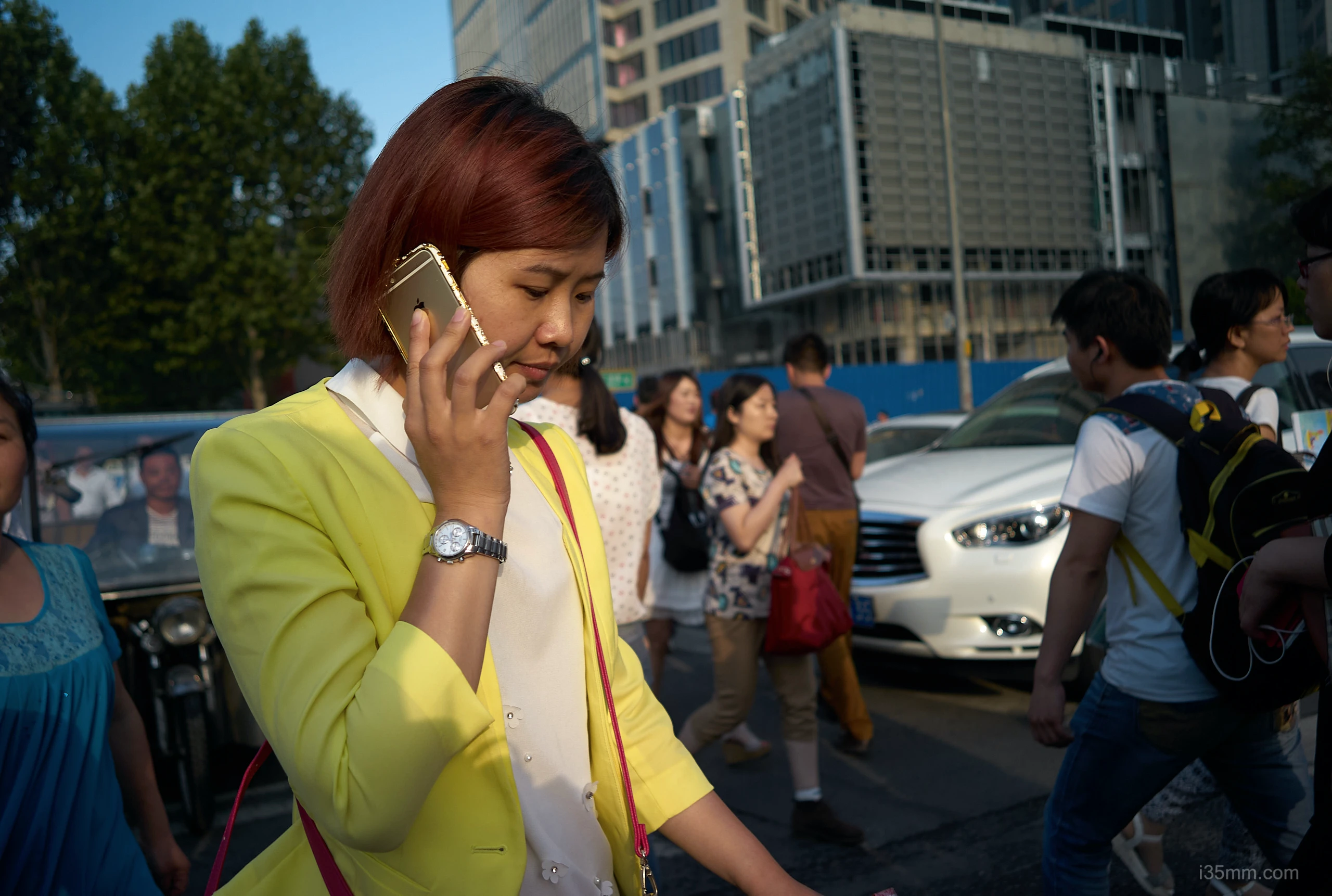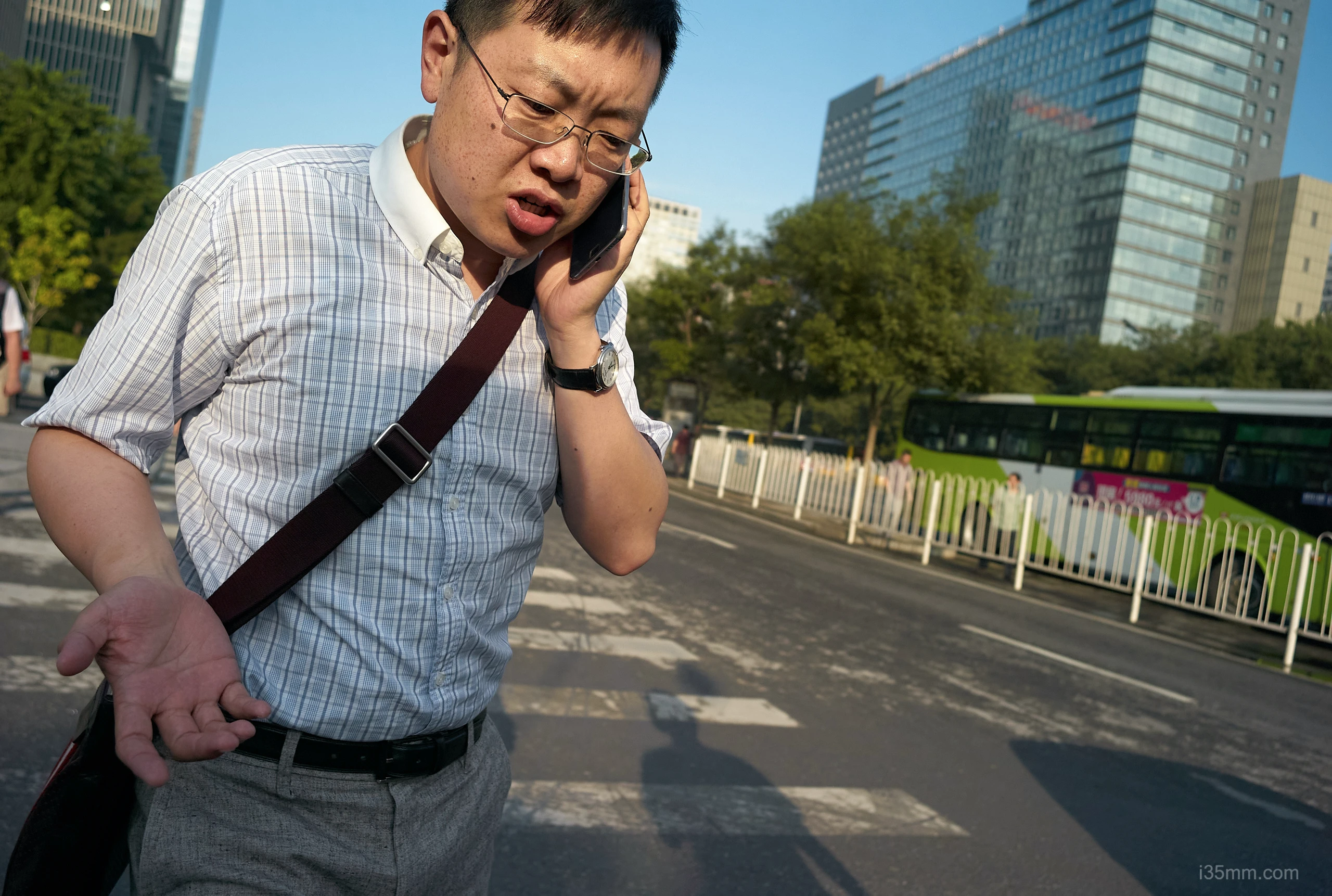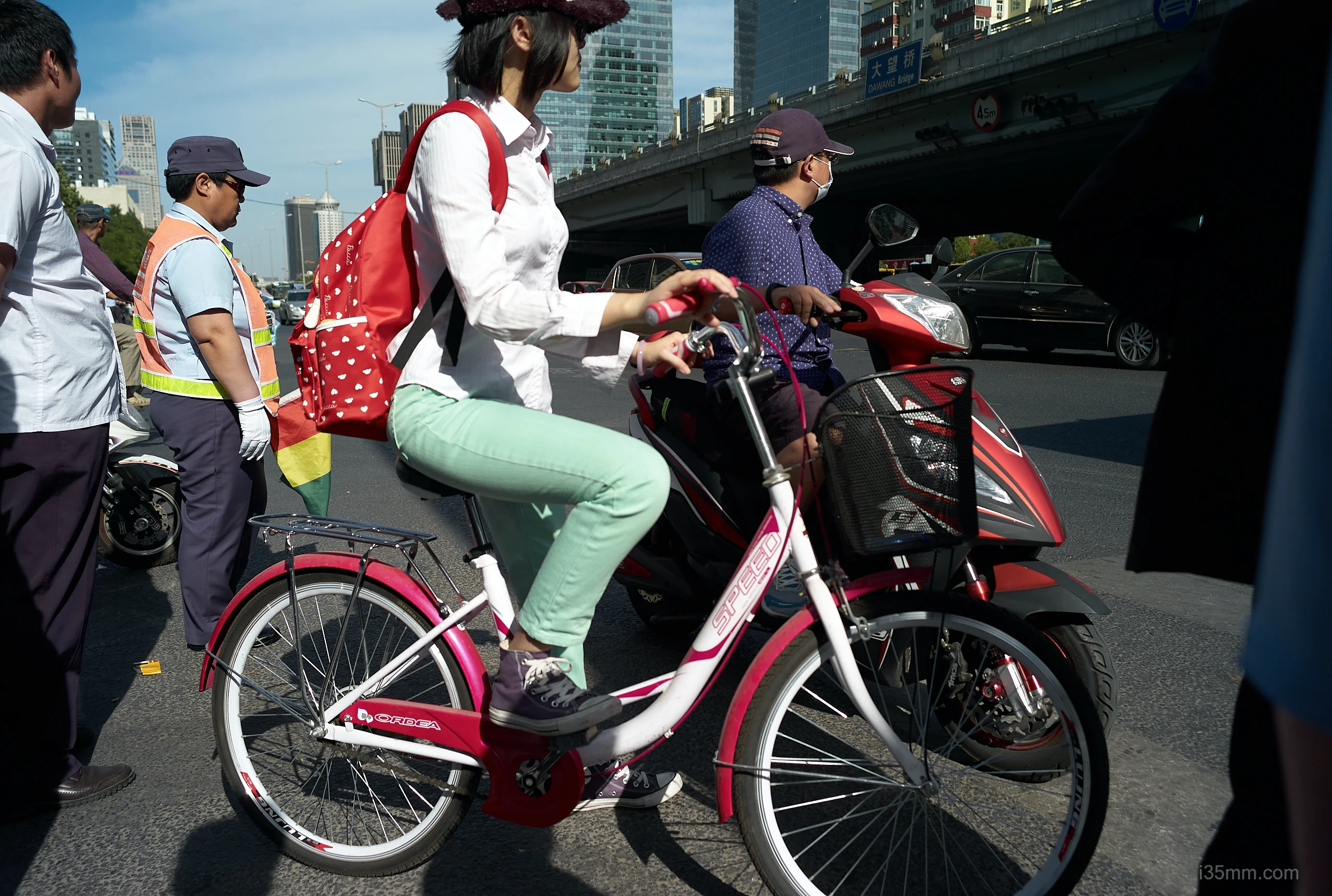Prologue: The Quiet Contemplator
In a world obsessed with speed and immediacy, the 1975–1998 Leica 135mm f/2.8 Elmarit-M stands like a Zen monk in a stock exchange—patient, deliberate, and unshaken by trends. Priced between 300–300–600 (2025 USD), this 775g brass-and-glass oracle proves that true artistry thrives in stillness. Think of it as the Volvo station wagon of lenses: unglamorous, reliable, and built for the long haul.
Design: Precision as Poetry
- Bauhaus Brutalism
- Body: Machined brass—dense as a Tolstoy novel, balanced as a Swiss watch. The built-in telescoping hood deploys with a snick worthy of a Rolls-Royce door.
- Goggles: Attach the 1.4x magnifier (Leica’s “philosopher’s spectacles”), and the 90mm framelines bloom into 135mm clarity—a magic trick Houdini would envy.
- Generational Nuance
- Early S7 Models: Chunky as a vintage typewriter.
- Later E55 Versions: Slimmed down like a tailored suit—same soul, lighter footprint.
Optical Alchemy: Sharpness with Soul
| Aspect | 135mm f/2.8 Elmarit-M | Modern 90mm f/2 APO |
|---|---|---|
| Sharpness | Samurai sword at f/2.8 | Laser-guided missile |
| Bokeh | Monet’s garden at dusk | IKEA lamp shade |
| Weight | Kettlebell workout | Featherweight jogger |
| Soul | 🧘♂️🧘♂️🧘♂️🧘♂️🧘♂️ | 🤖 |
- f/2.8 Wide Open: Tack-sharp at the center, with backgrounds dissolving into watercolor washes—ideal for isolating subjects like a haiku in a noisy world.
- Stopped Down: At f/8, microcontrast rivals Ansel Adams’ zone system—every leaf, brick, and wrinkle sings.
The “Three Paradoxes”
- Slow Photography Zen: The long focus throw forces mindfulness—like sipping tea while others chug espresso.
- Stealth Giant: Despite its heft, it’s invisible on the street—no one suspects a 135mm lens on a Leica.
- Chinese Proverb Footnote:“千里之行,始于足下”
(“A journey of a thousand miles begins with a single step”)
A nod to how this lens teaches patience in an age of instant gratification.
Who Needs This Lens?
✓ Portrait Philosophers: Who chase soul, not just sharpness
✓ Landscape Meditators: Framing distant peaks like Zen gardens
✓ Contrarians: Who’d choose a typewriter over ChatGPT
Avoid If: You shoot sports, fear tripods, or think “vintage” means “obsolete.”
Final Verdict: The Seeker’s Tool
The 135mm Elmarit-M isn’t just a lens—it’s a mirror. For the price of a weekend in Tuscany, you gain:
- A masterclass in Walter Mandler’s optical pragmatism
- Proof that “slow” and “deliberate” aren’t synonyms for “outdated”
- Permission to ask, “Who am I?” through your viewfinder
Rating:
🎞️🎞️🎞️🎞️🤍 (film poets) | 📱📱🤍🤍🤍 (zoombies)
“A lens that whispers: ‘To see far is to see deeply.’”
Pro Tips:
- Tripod Love: Use the built-in mount—this lens rewards stillness like a cathedral rewards silence.
- Film Pairing: Kodak Portra 160—its pastel palette harmonizes with the lens’ contemplative soul.
- Focus Mantra: Breathe in, rotate slowly, breathe out—repeat until the world snaps into clarity.
Epilogue: The Mirror of Distance
In a world racing toward wider, faster, more, the 135mm Elmarit-M stands as a brass-clad rebuttal: “True vision isn’t about capturing everything—it’s about finding what matters.” As the Chinese masters knew, the longest journeys begin with a single, deliberate step. Now go frame yours. 🌄
Brand Name: LEICA Filter Size: SERIES VII RETAINING RING Focus Type: MANUAL FOCUS (ONLY) Lens Mount: LEICA M Lens Type: TELEPHOTO / LONG Max Focal Length: 135MM Min Focal Length: 135MM

